Rome, often known as the Eternal City, is a location rich in history, culture, and unrivalled charm. As you walk through its historic streets, you'll see prominent monuments like as the Colosseum, Vatican City, and the Trevi Fountain. Surrounded by this rich tapestry of history are a number of great hotels that exemplify elegance and sophistication.
From towering castles filled with Renaissance art to tiny hideaways tucked away in beautiful neighbourhoods, Rome has hotels to suit every taste. Whether you're enjoying real Italian cuisine in a typical trattoria or admiring Michelangelo's works in the Sistine Chapel, the city's attraction is undeniable. And, with their world-renowned hospitality, Rome's greatest hotels guarantee that every tourist has the ultimate of luxury and elegance among the eternal splendour of the Eternal City.
Best Hotels in Rome
- Best Hotel Rome Overall: Hotel de la Ville
- Best Hotel Rome for families: Anantara Palazzo Naiadi Rome Hotel
- Best Hotel Rome for couples: Six Senses Rome
- Best Boutique Hotel in Rome: The Fifteen Keys
- Best Luxury Hotel in Rome: Hassler Roma
Best Luxury Hotel Rome:
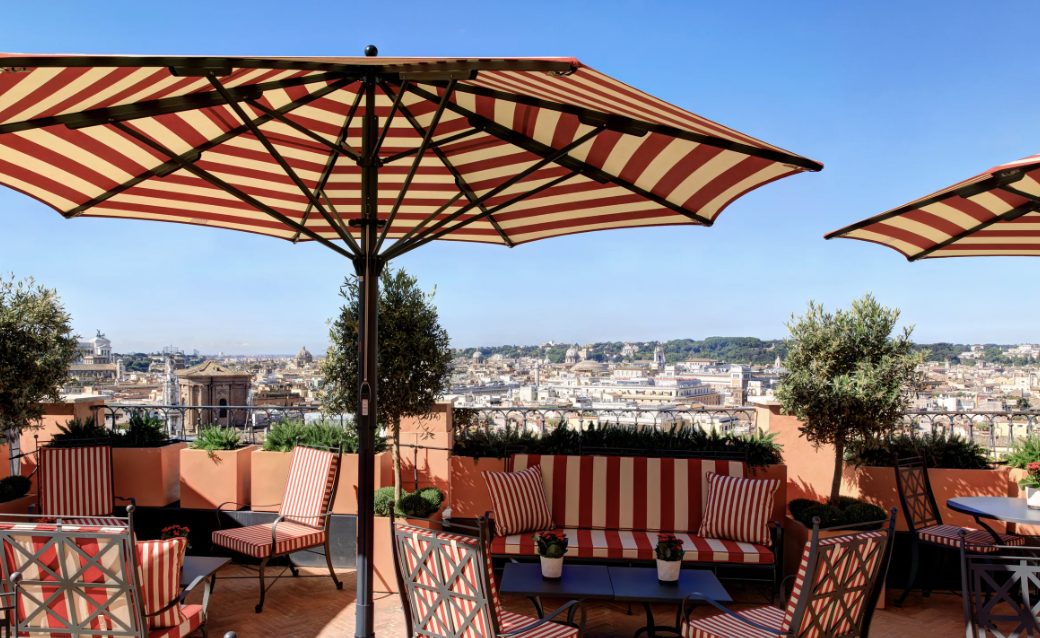
Hotel de la Ville
Hotel de la Ville, located at the top of the Spanish Steps, is one of Rome's most prestigious addresses. The boutique-lined Via dei Condotti retail district is only a short walk away, as are popular attractions such as the Trevi Fountain, Piazza Navona, and Villa Borghese.
The hotel's rooftop bar and terraces, which overlook Piazza di Spagna, provide postcard-perfect views of the Eternal City's domes and cupolas.
The hotel's opulent Grand Tour motif might have easily devolved into stodgy brocade and moody paints, but Tommaso Ziffer and Olga Polizzi - the design duo behind Rocco Forte's other spectacular Rome property, Hotel de Russie - have kept it fresh with a humorous modern twist.
The 18th-century palazzo's rich linens and opulent antiques are balanced by bold classical busts and digitally created mosaics that are just outrageous enough to be entertainingly brilliant.
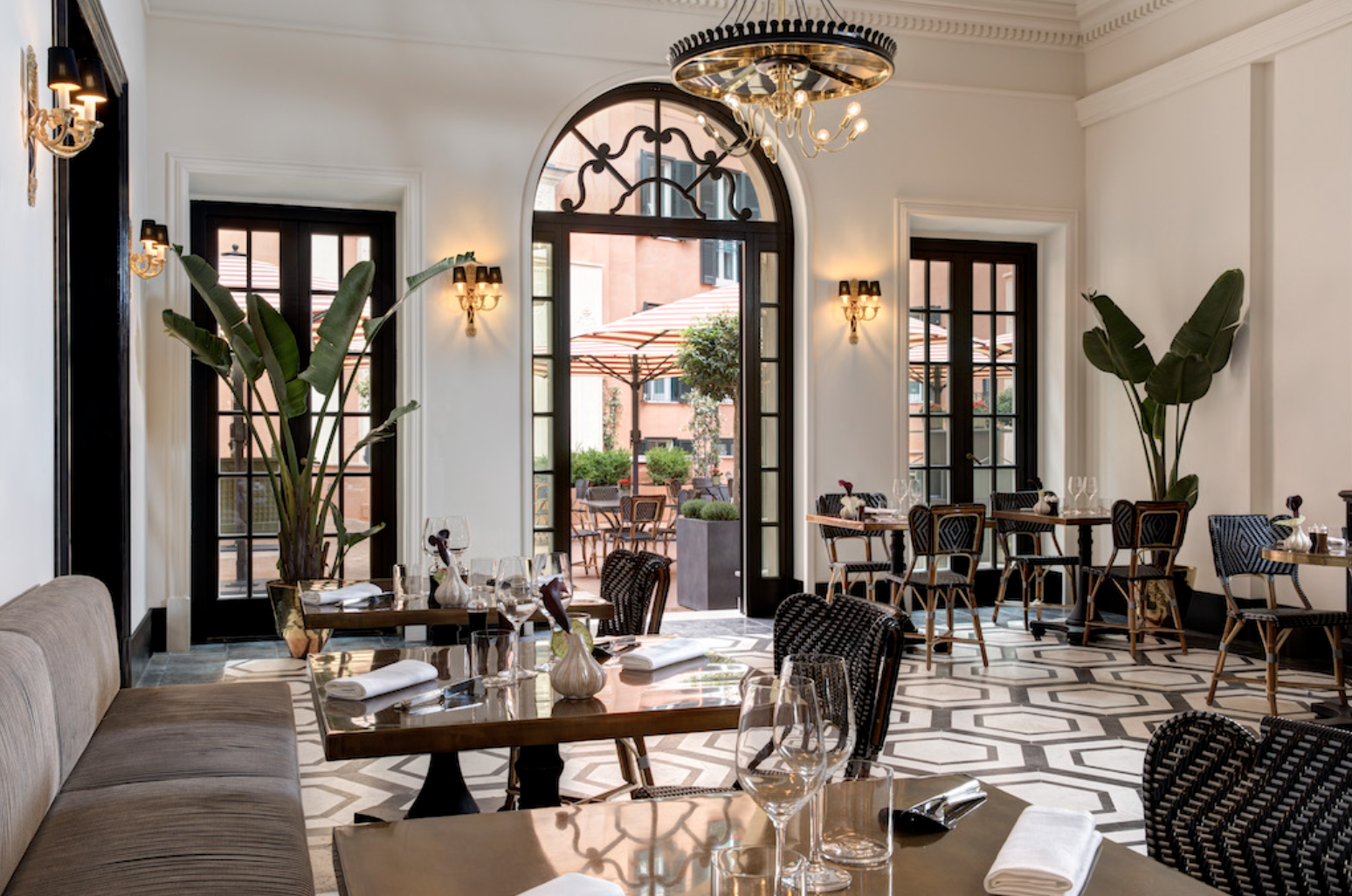
The Print Room lounge, with bespoke laser cut wallpaper that replicates the look of a 17th-century salon decorated with an eclectic collection of paintings and antiquities amassed by a travelling aristocrat while passing through Europe, is the pinnacle of this marriage of historic grandeur and contemporary wit. From the miroirs sorcières in the foyer to the riviera stripes on the rooftop, the mood is both opulent and cheerful.
Hotel de la Ville is actually three renovated historic palazzi joined together to form one larger complex, providing ample space for a number of indoor and open-air lounges, bars, and eateries; an enormous spa featuring Irene Forte Skincare products; an impeccably equipped gym; and a vast enclosed courtyard with space for dining and lounging.
The hotel was fortunate to acquire two jewels from its de Russie sister property: the recipe for their famed rosemary-roasted cocktail almonds and Alexandra Sardo, head concierge and one of only two women in Rome.
Sardo's flawless yet personable demeanour exemplifies the general tone of service at the de la Ville, which strikes the ideal mix between professional exactitude and personal warmth.
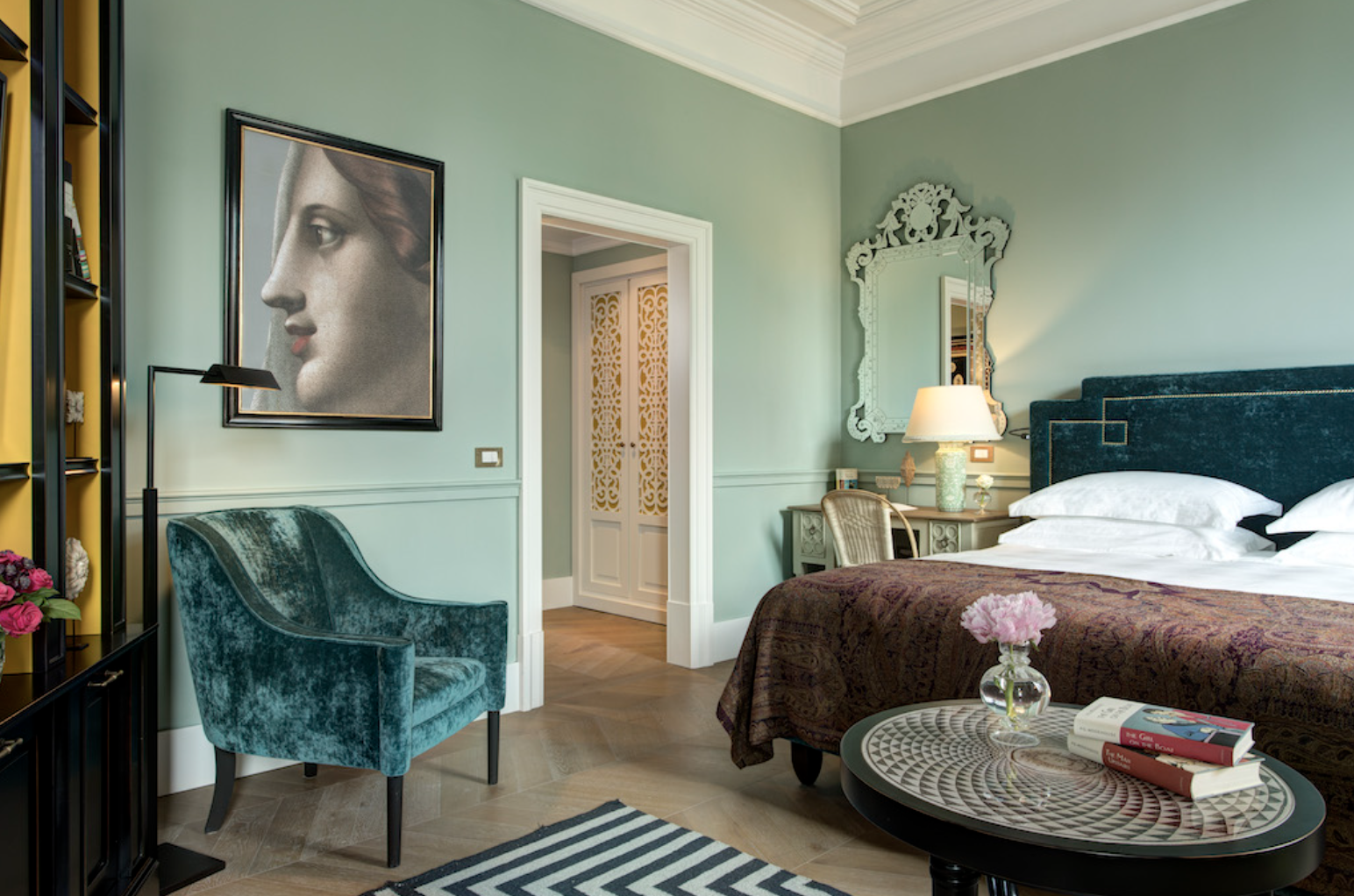
The hotel's 100-plus rooms and suites, which span seven floors and face either Via Sistina or the hotel's interior courtyard, are decorated with an elaborate yet contemporary Grand Tour motif. Sleek modern and custom furniture, as well as elegant textiles and carpets, contrast with chinoiserie and neoclassical components, harkening back to 17th-century fashions.
Beds are king or super king-sized, with elegant paisley Indian throws; televisions are smart (and, surprisingly, sync without a hitch); and bathrooms are indulgent marble oases stocked with Irene Forte Skincare products made with organic Sicilian botanicals from the Rocco Forte Hotel's Verdura resort.
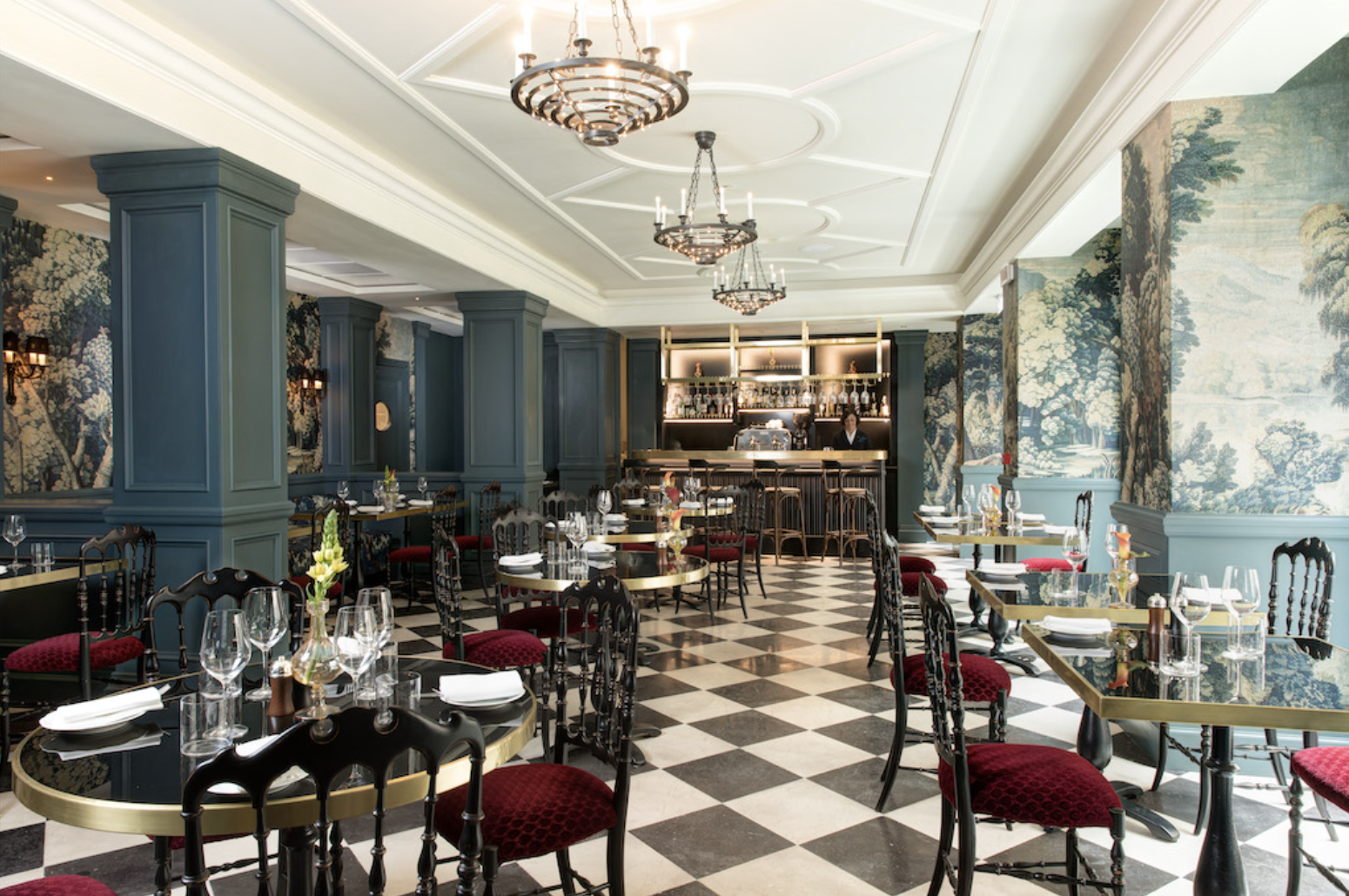
La Sistina, an upmarket café adjacent to the ground-floor lobby, serves tastefully presented Roman cuisine, including classics such as tonnarelli cacio e pepe and pasta alla gricia.
For sundowners and nightcaps, the rooftop Cielo Bar serves sparkling, mixed beverages and a menu of updated dim sum-inspired small snacks. True cocktail enthusiasts should swing by Julep Herbal & Vermouth Bar to try the unique and handcrafted concoctions inspired by the 13th-century spice trade that stretched from Venice to Asia.
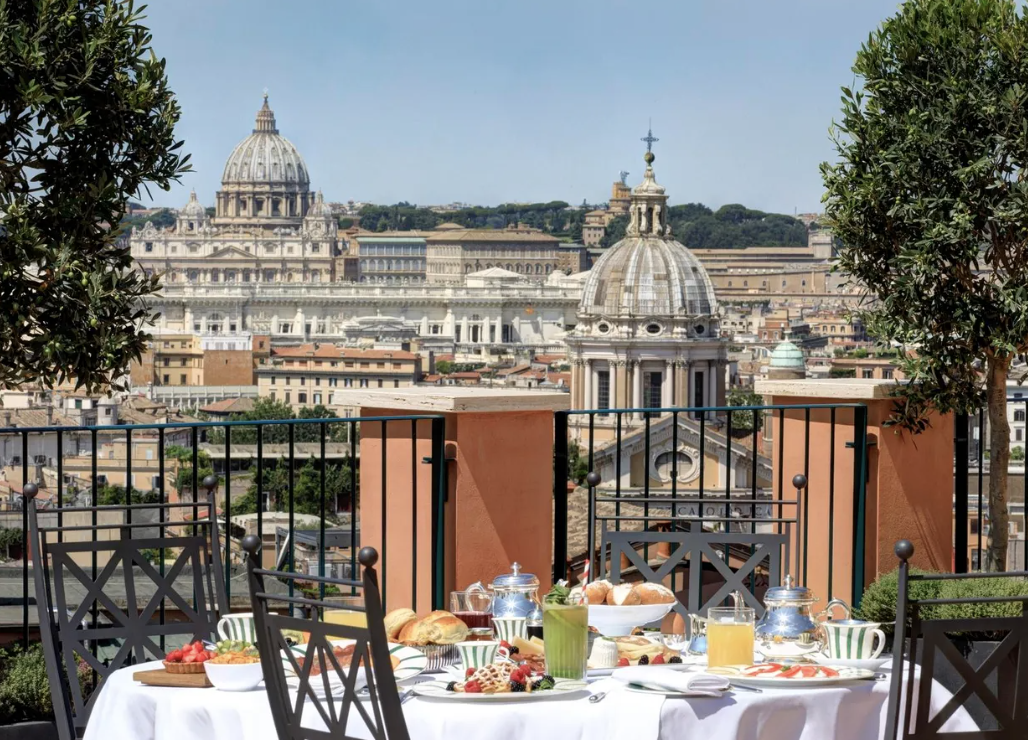
Breakfast is served buffet-style in the Mosaic indoor and outdoor spaces, with continental classics and modern touches like as a juicing station and freshly baked pastries.
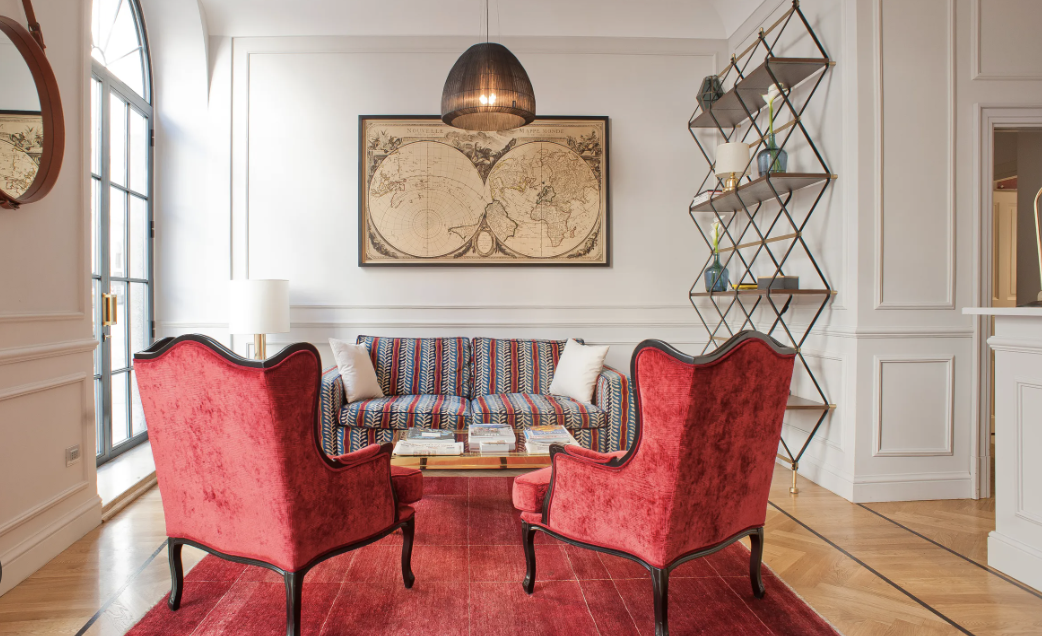
The Fifteen Keys
Monti is Rome's attractive, increasingly residential district located east of the Colosseum. This boutique hotel, located on the city's calmer eastern fringe, is conveniently close to shopping, restaurants, and nightlife, as well as the city's major Termini train station, which is only a seven-minute walk away.
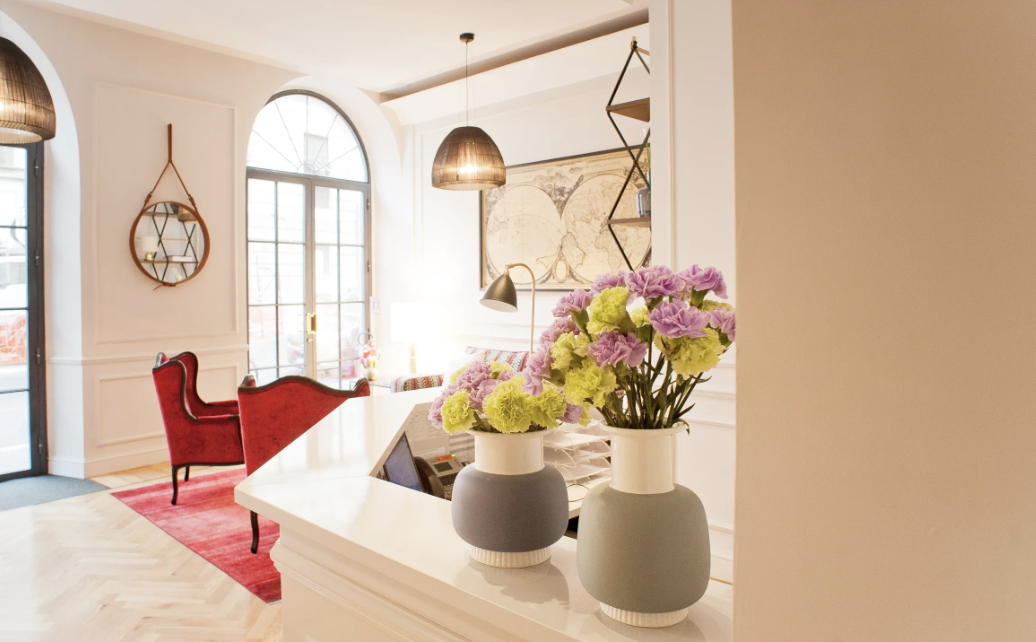
You must ring the bell to gain entry to this tall, pale-cream-hued townhouse, which owners Sara Ferrajoli and Vincenzo Mirisola di Torresanto have converted, with the help of architect Antonio Girardi, into an utterly charming urban refuge with a cool retro feel reminiscent of Paris or London rather than Rome.
Grown-up colour palettes, 1950s-style sofas, and antique light fixtures set the tone for a stylish insider destination for plugged-in independent travellers.
Unlike many of Rome's recent boutique openings, The Fifteen Keys is open around the clock; owner Ferrajoli says that 'if you want a nightcap at the bar at 3 a.m., it's not an issue'. The receptionists are polite and quick, a complementary daily newspaper is provided, and the rooms are maintained immaculately clean. There is also a small fleet of vintage-style Dudebike bicycles that guests can borrow for free.
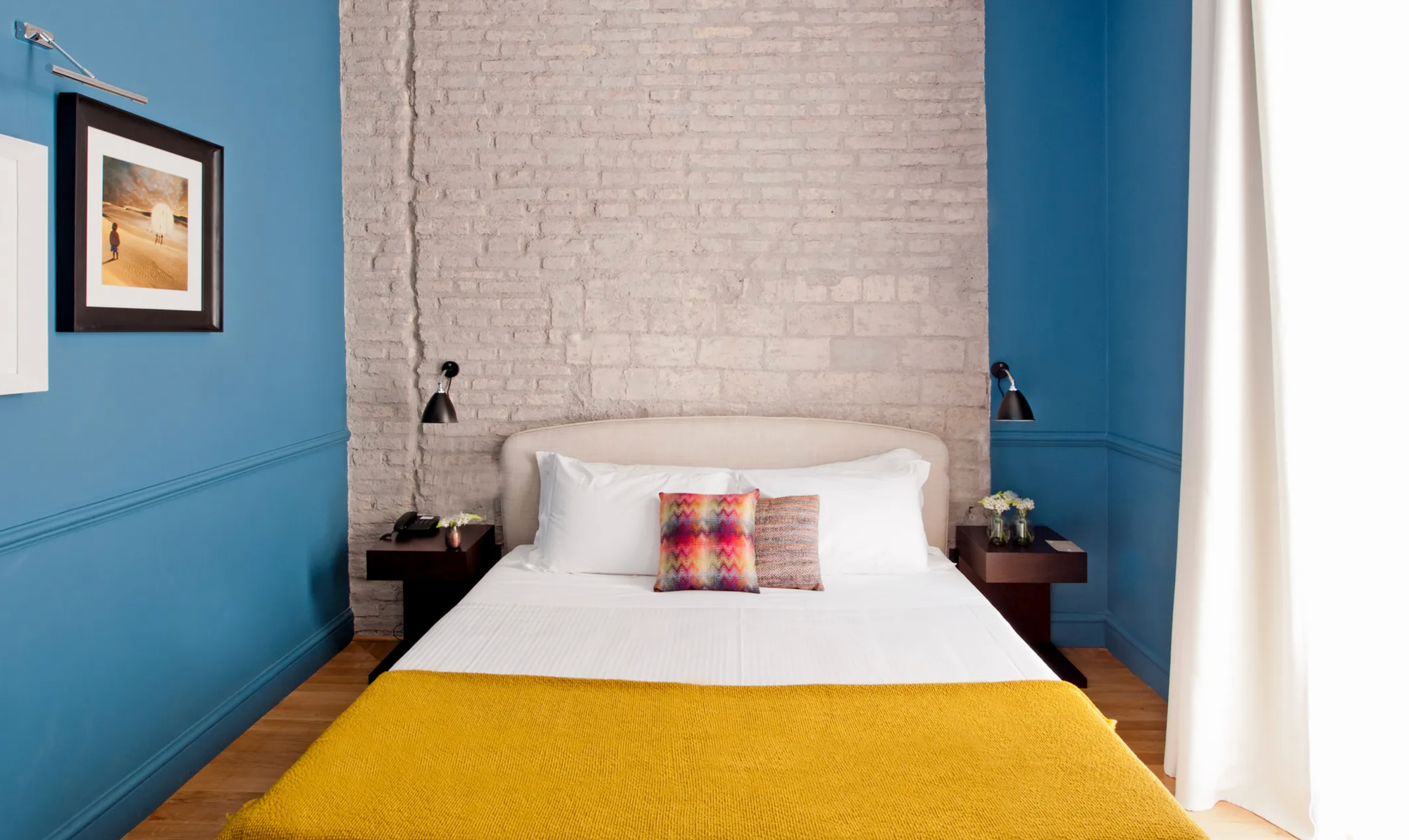
Most of the 15 rooms face the hotel's inner courtyard and are decorated in one of three distinct colours: light parchment, soft grey, or a quite appealing shade of petrol blue.
Some feature exposed brickwork, but the overall sense is one soberly stylish elegance, especially in the spacious bathrooms with basic retro-style equipment. If you prefer the notion of having a terrace, choose the Terrace Blue Room or one of the top-floor Classic Light doubles, which share an outside patio. All rooms include kettles, safes, and televisions.
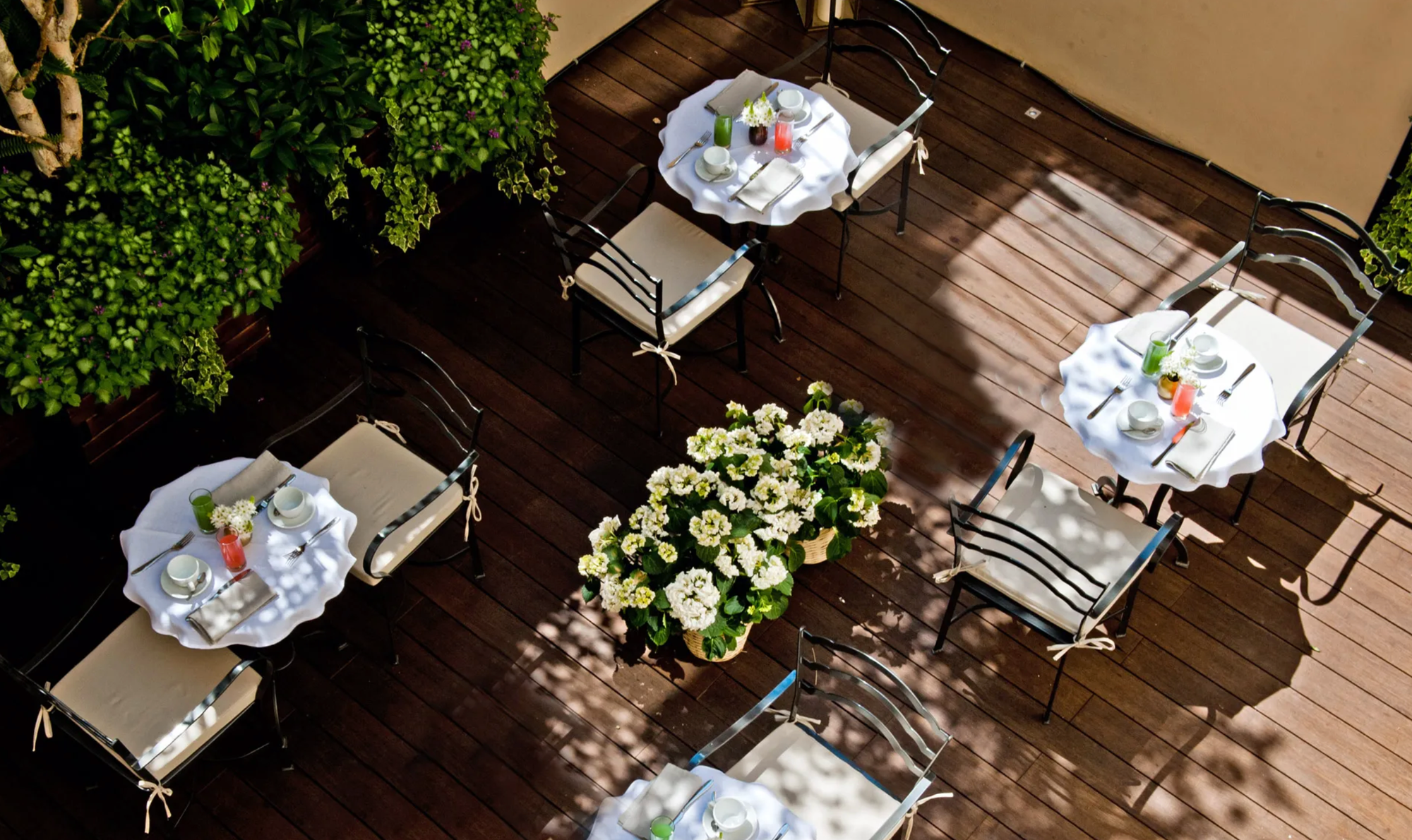
The elegant ground-floor bar and breakfast area opens into an outdoor courtyard patio. Breakfast includes a variety of fresh fruits, handmade crostata (jam tart), scrambled eggs, and other treats, as well as great organic coffee.
Throughout the day, you can request refreshments (including a nice selection of wines) to be served here or in your room. In-room minibars are well-stocked, with deli foods from gourmet magnet. Eataly.
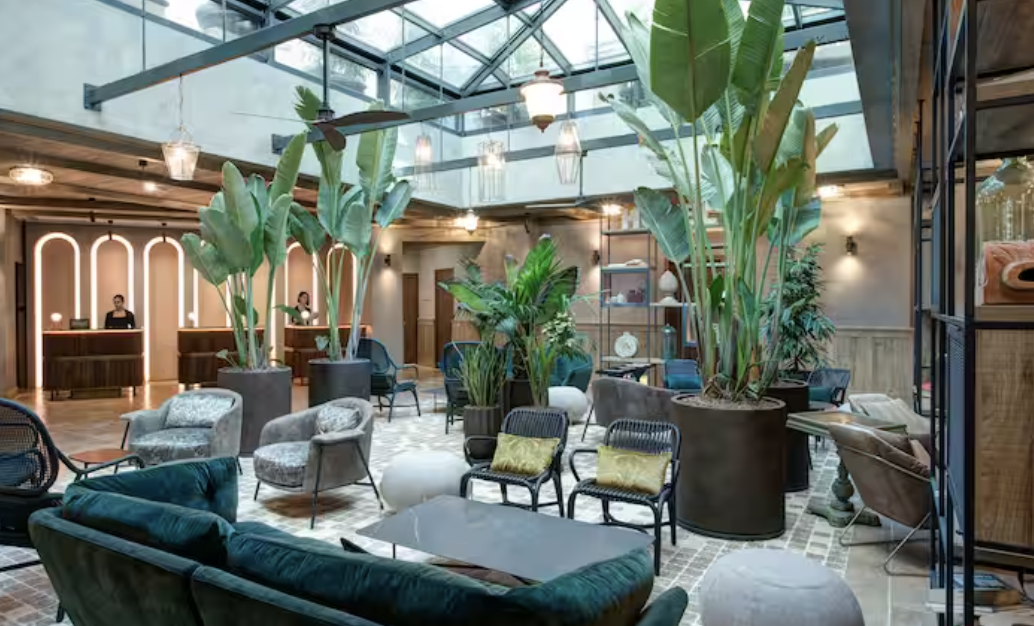
DoubleTree by Hilton Rome Monti
The hotel is located in the beautiful old offices of a legendary Italian insurance firm, facing the tree-lined Piazza dell'Esquilino and straddling the boundary between the cosmopolitan Esquilino and fashionable Monti, two of Rome's most popular neighbourhoods for varied eating and shopping. Termini, Rome's major rail station, is only up the street, making it easy to go in and out of the city (as well as take the metro to various areas).
The majestic Santa Maria Maggiore cathedral at the top of the plaza provides convenient sightseeing, and the Colosseum and Roman Forum are also within walking distance.
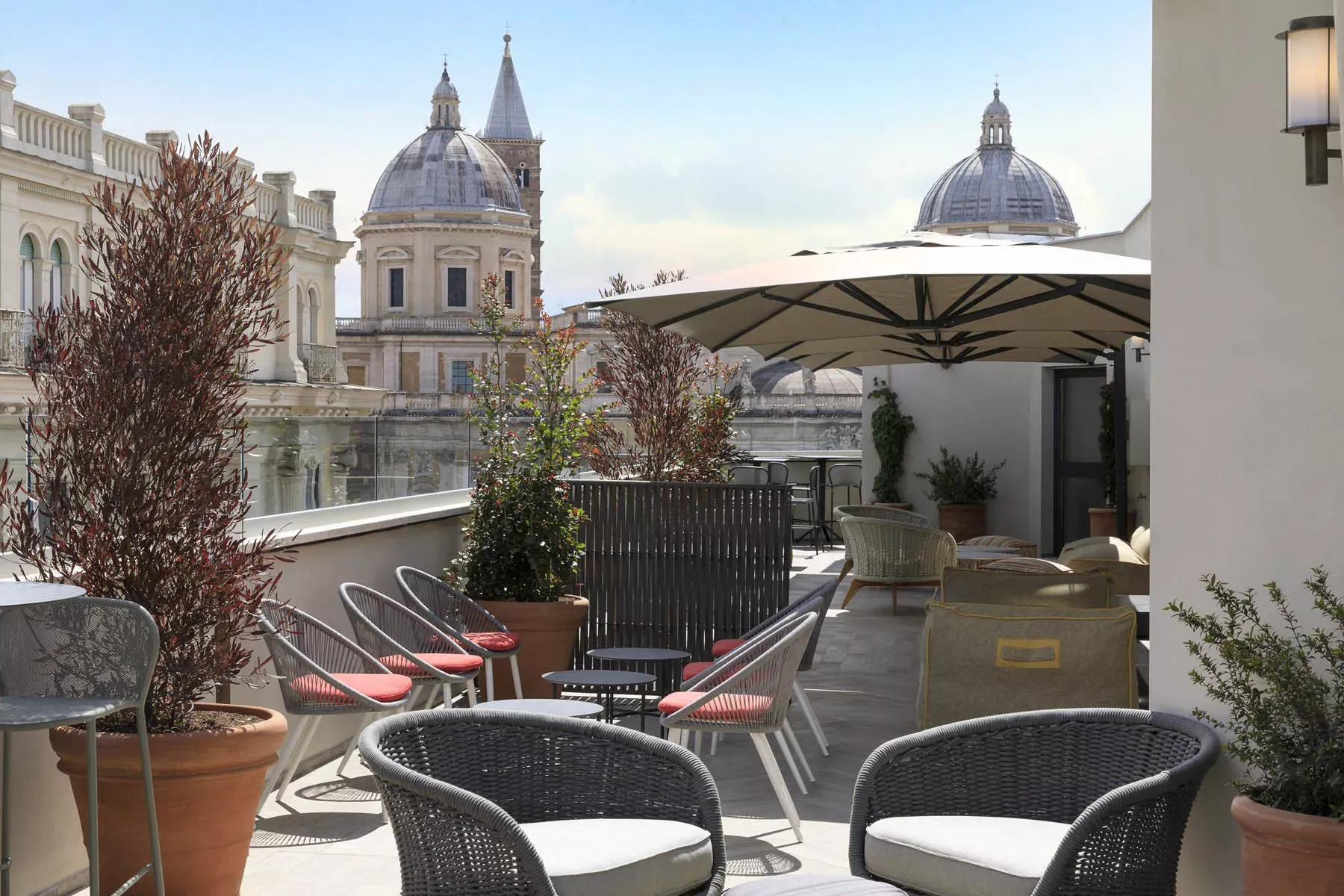
Hilton commissioned the award-winning London company THDP to design interiors that deviated from the typical chain-hotel blandness, and the collaboration paid off. Rather than a generic could-be-anywhere lobby, guests are met with a sleek, industrial-inspired winter garden that mixes an elite clubby ambiance with careful allusions to Rome's earthy hues, historic architecture, and lush flora.
While checking in at the reception desks at the far end of the room, look for the dispersed ornamental letters writing 'Hotel Commodore', which pay homage to the hotel that originally occupied a portion of the Doubletree Monti's rebuilt structures. This unexpectedly polished design is repeated in the hotel's neighbouring street-level restaurant and café, two modern eateries that complement Monti's edgy vibe.
Officially a four-star hotel, the Doubletree Rome Monti provides the level of service and amenities that one would expect from a five-star facility in the Eternal City, which is one of the benefits of the reputable Hilton brand. Freshly made welcome biscuits at check-in set the tone, and the staff is extremely helpful, eager to provide recommendations for dining and touring in the neighbourhood and beyond.
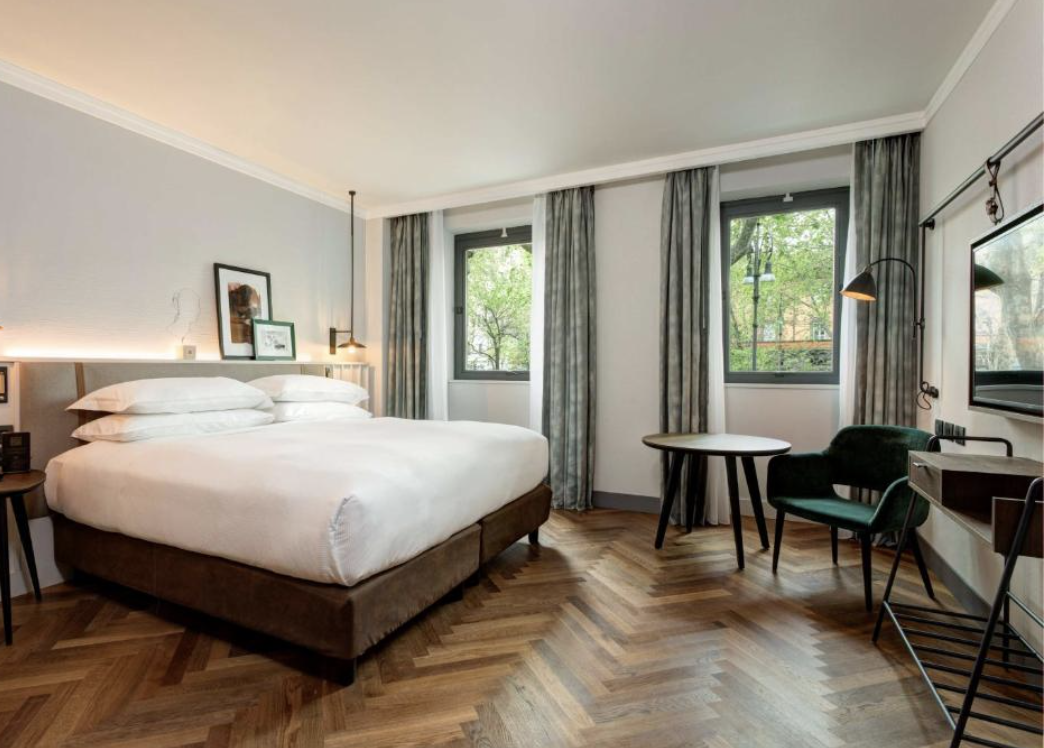
There is an amazing exercise facility with Technogym equipment that is larger and better equipped than other hotels in Rome, as well as a gorgeous rooftop bar and restaurant with views of Sant Maria Maggiore, in addition to the ground-floor restaurant and cafè.
Officially a four-star hotel, the Doubletree Rome Monti provides the level of service and amenities that one would expect from a five-star facility in the Eternal City, which is one of the benefits of the reputable Hilton brand. Freshly made welcome biscuits at check-in set the tone, and the staff is extremely helpful, eager to provide recommendations for dining and touring in the neighbourhood and beyond.
There is an amazing exercise facility with Technogym equipment that is larger and better equipped than other hotels in Rome, as well as a gorgeous rooftop bar and restaurant with views of Sant Maria Maggiore, in addition to the ground-floor restaurant and cafè.
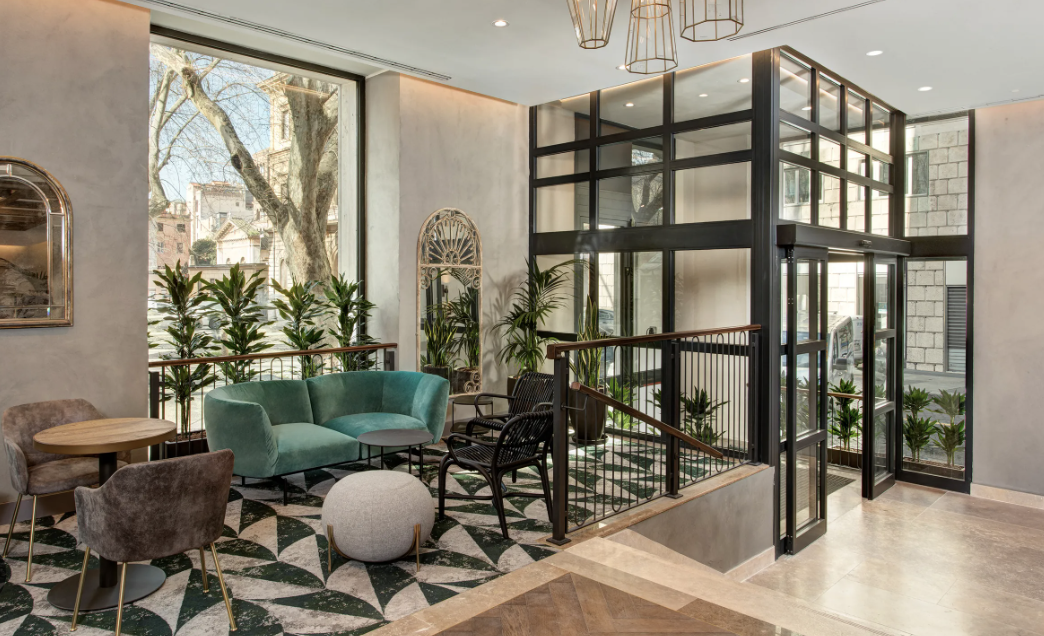
The 133 rooms and suites are designed with a minimalist aesthetic, with warm parquet flooring and clean white walls surrounding elegant mid-century and industrial furniture. Peacock velvet seats, leather strap detailing, and framed artworks give warmth, while huge windows let in plenty of Roman sunshine, making the smaller spaces appear larger. The beds are comfortable, and mornings are made simpler with Lavazza espresso makers and a variety of coffees and teas.
The neighbouring streets can be congested, so light sleepers should choose an inside-facing or upper-level room to escape the noise. Tiled bathrooms with walk-in rain showers are spacious for Rome and immaculate by any measure.
Breakfast is a staffed buffet of Continental and English standards, along with a high-end self-service espresso/cappuccino machine; however, during the breakfast rush, a wait forms at the coffee machine.
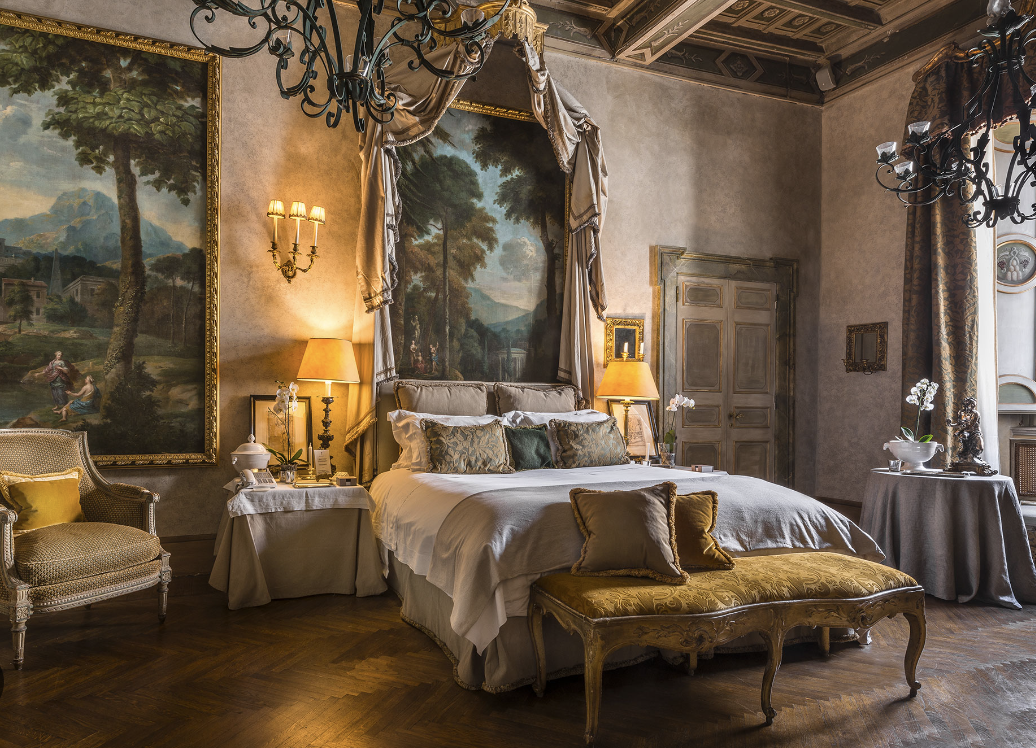
Residenza Napoleone III
Palazzo Ruspoli takes up an entire city block on central Via del Corso, in the centre of the fashion retail area and just a short walk from the Spanish Steps. However, once inside, you are a world apart from the street-level buzz and activity below. Some hotels are modelled after stately mansions or aristocratic townhouses; Residenza Napoleone III is the real deal.
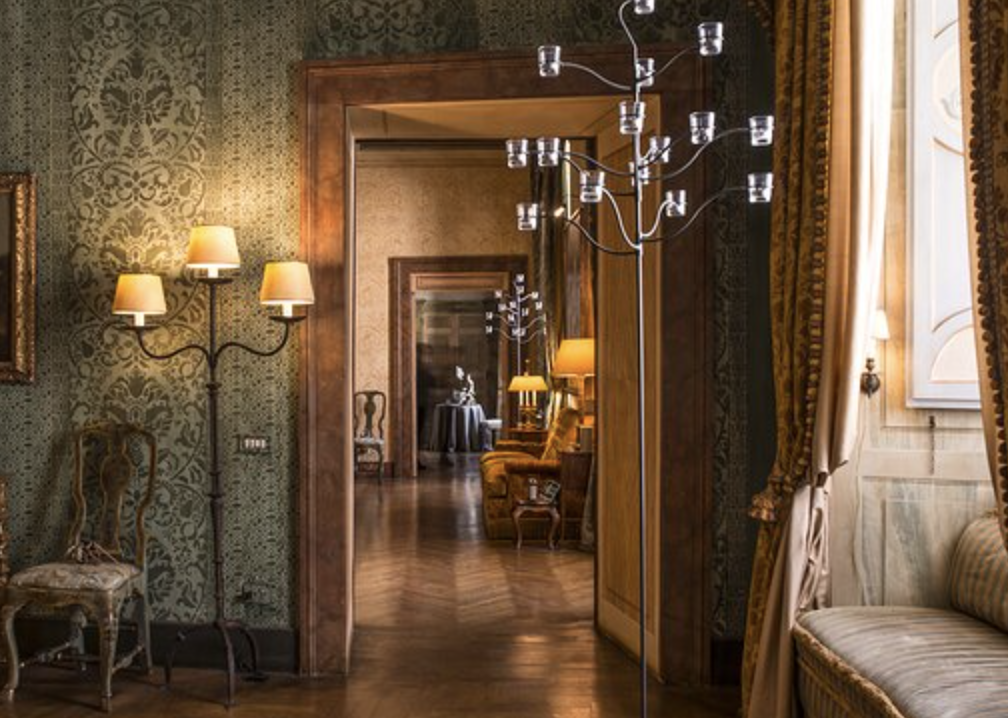
The Old Master paintings on the walls, the Roman emperor busts that line the grand entry stairway and the heritage antiquities that decorate the premises have all been passed down through generations of the Ruspoli family. But this is no draughty castle; despite its grandeur, it feels warm.
Palazzo Ruspoli takes up an entire city block on central Via del Corso, in the centre of the fashion retail area and just a short walk from the Spanish Steps. However, once inside, you are a world apart from the street-level buzz and activity below. Some hotels are modelled after stately mansions or aristocratic townhouses; Residenza Napoleone III is the real deal.
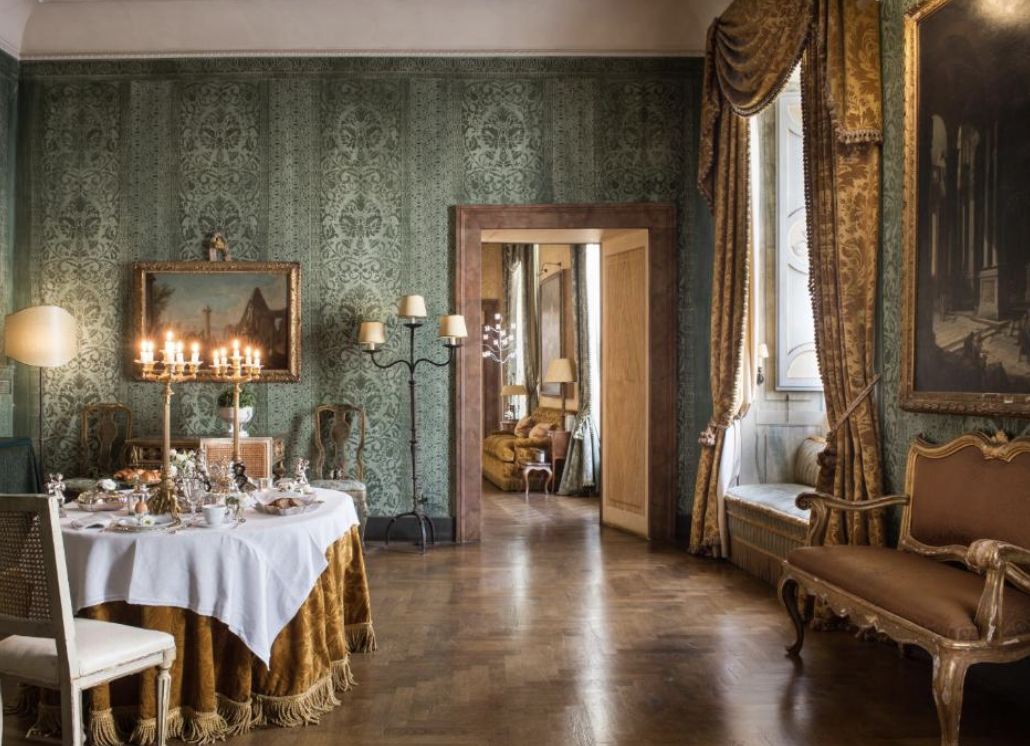
The Old Master paintings on the walls, the Roman emperor busts that line the grand entry stairway and the heritage antiquities that decorate the premises have all been passed down through generations of the Ruspoli family. But this is no draughty castle; despite its grandeur, it feels warm.
The main Napoleone III suite comprises of three vast, lavishly sumptuous rooms, giving you two sitting areas and a gigantic bedroom (complete with James Bond-esque details, such as the oil painting opposite the master bed that slides back to expose a massive television).
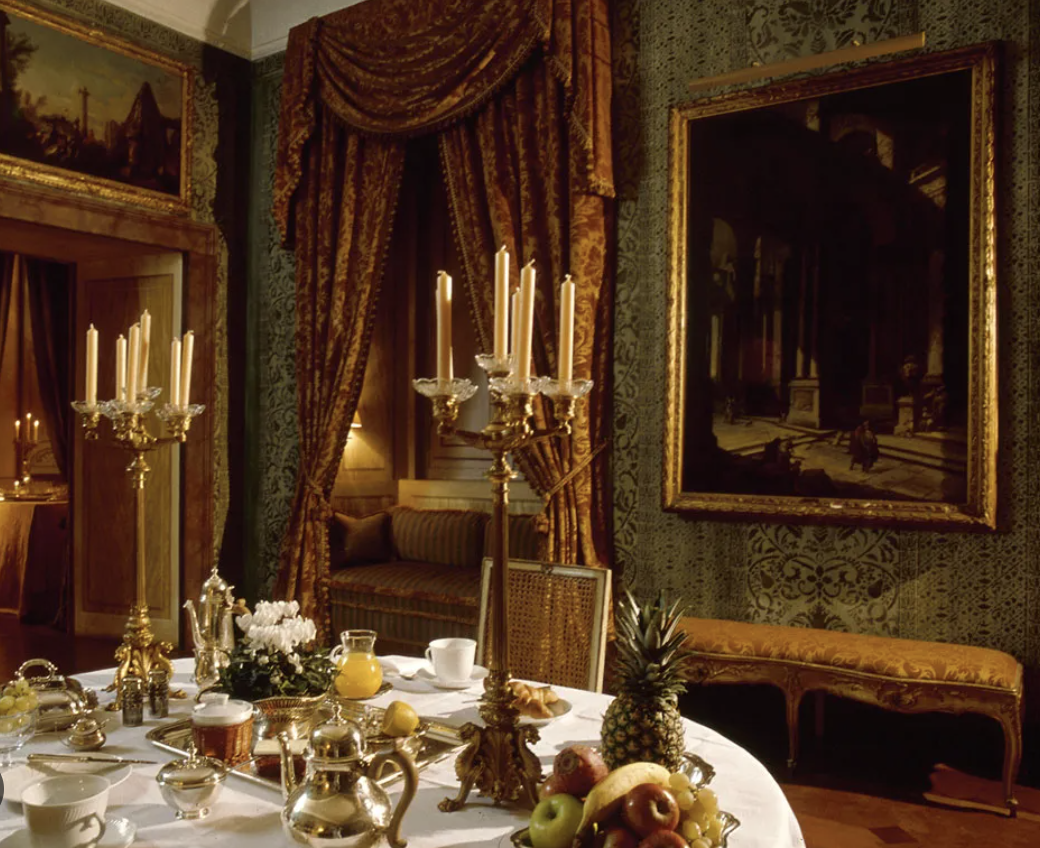
Families may upgrade to a three- or four-bedroom apartment by adding the lovely Blue Room, which is entered by a wooden staircase. Separate from the main suite, the Roof Garden Suite is an intimate, cultured refuge surrounded by greenery with 360-degree views of central Rome's domes and rooftops. It can sleep two or three people in its basic version and up to five if you add an adjoining bedroom accessed via a steep yacht-cabin ladder.
The maid will bring you a fresh, organic breakfast on Bulgari cutlery at your preferred time. There is also a kitchenette, in case you need to open the oysters or measure out the caviar. All guests receive a welcome bag of fresh fruit and a bottle of Chianti made on the Ruspoli's Tuscan farm.
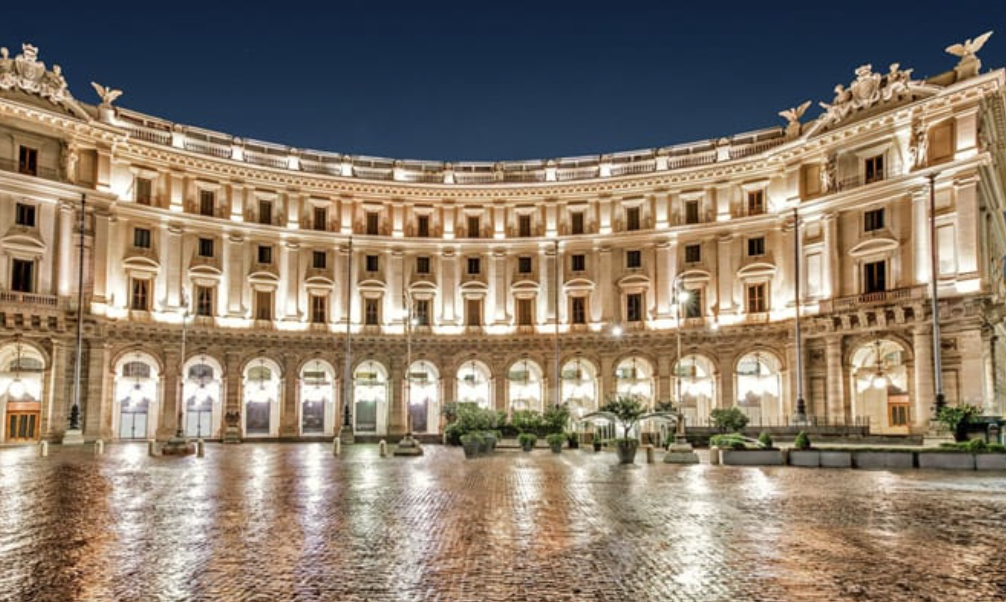
Anantara Palazzo Naiadi Rome Hotel
The hotel borders a portion of the circular Piazza della Repubblica, putting it in the heart of one of Rome's major transportation hubs, with the city's main Termini rail station just around the corner and metro lines, bus routes and taxis nearby.
Of course, it's not just about logistics; the Baths of Diocletian, the National Roman Museum, and the Basilica of Saint Mary of the Angels and Martyrs all share the same plaza. For those willing to walk for ten minutes, Via Veneto, the Basilica of Saint Mary Major, and the trendy Monti area await.
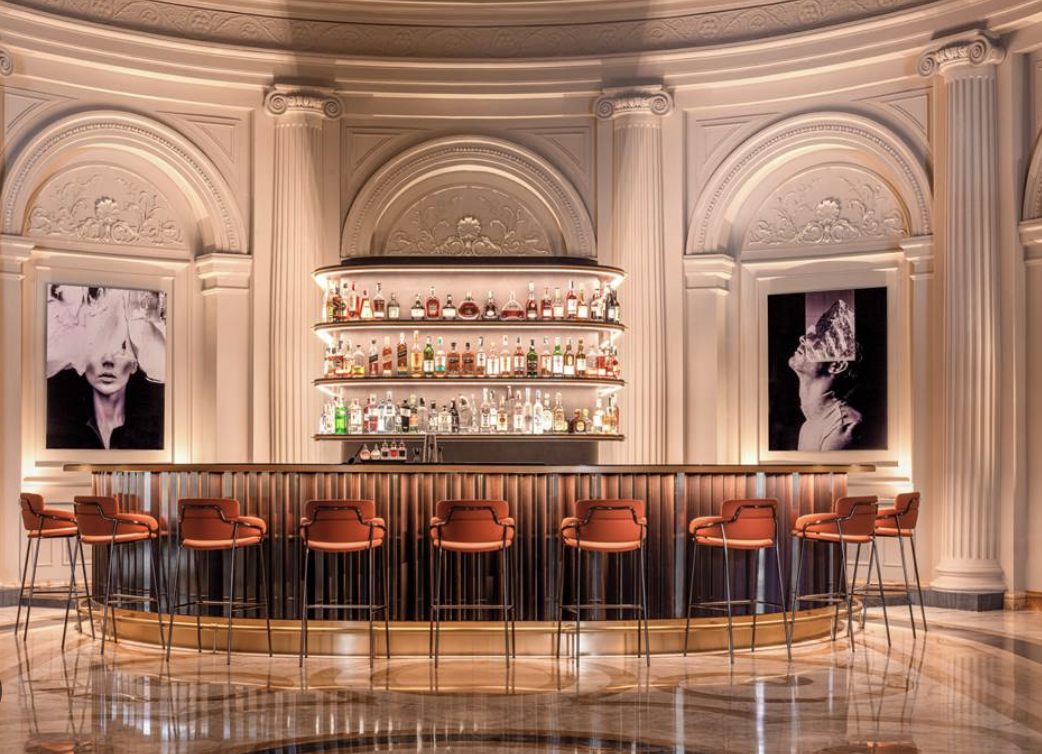
One of the first sites many train travellers see in Rome is Palazzo Naiadi's beautiful neoclassical portico, which wraps around the famous Fountain of the Naiads and serves as what is perhaps the city's most regal hotel entry.
The formal stuccoed lobby has been refurbished with art deco-inspired décor and a sleek cocktail bar, while smaller sofas border the big area for more private conversations.
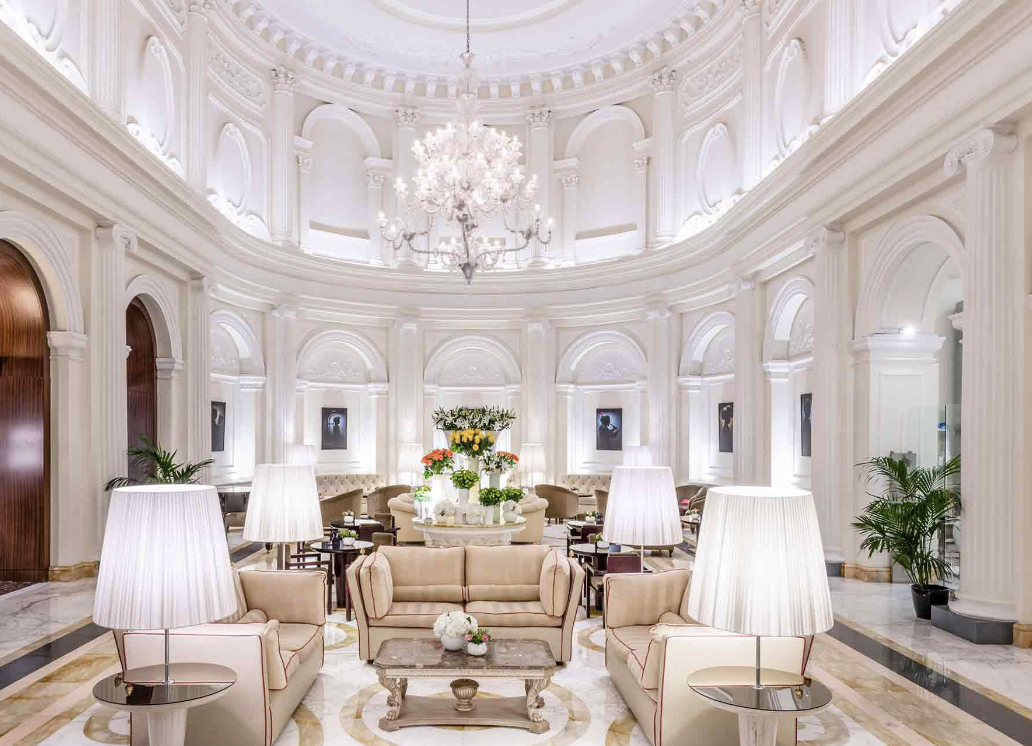
However, the rooftop eating and drinking area exemplifies Anantara's modern vision for the hotel, with greenery-filled indoor and outdoor areas, a gorgeous pool, and a buzzy, youthful environment.
Palazzo Naiadi's 230-plus rooms and suites are spread between the glorious late 19th-century main palace and the storied Clementine Wing, which was built by Pope Clement XI in 1705 to store grain for the Vatican.
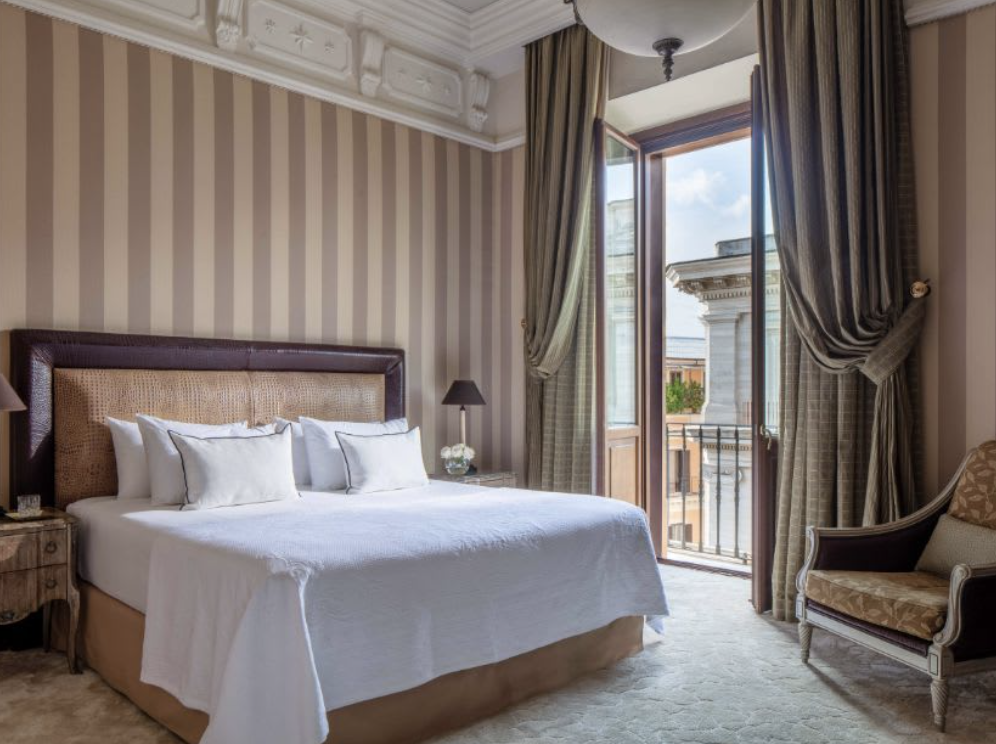
They all share a soothing neutral palette, a stately neoclassical style and careful soundproofing that blocks out the noise of the busy transport hub outside. The city's vista Premium rooms and Junior suites provide a bird's-eye view of the Fountain of the Naiads, but all rooms include coffee and tea making facilities, minibars, and marble bathrooms with Acqua di Parma products and showers or tubs.
The hotel prioritises food and drink, highlighting two eating rooms that have been completely redesigned, from building to idea.
INEO, on the main level, is a white tablecloth restaurant run by Roman chef Heros de Agostinis. He has devised a one-of-a-kind cuisine that combines traditional tastes of the Eternal City with Asian influences gleaned from his extensive foreign experience. Expect odd combinations like grilled pigeon with lemongrass and pasta cooked in rabbit broth with nori seaweed.
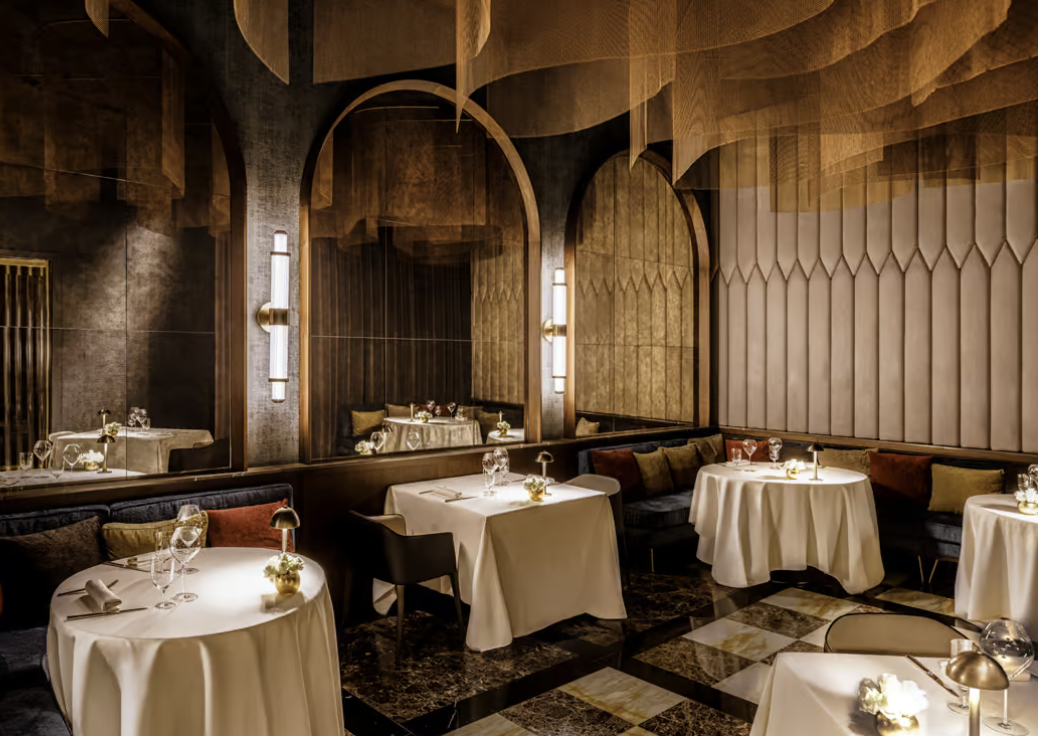
Upstairs, SEEN by Olivier da Costa draws influence from the Portuguese chef's heritage, serving fusion small meals alongside modern drinks and live DJ performances.
Breakfast is served in La Fontana, a first-floor room overlooking the portico, and features a big array of sweet and savoury baked products, nutritious juices and yoghurts, as well as worldwide favourites like eggs and bacon. There is also an à la carte menu with items like poached eggs and other made-to-order dishes.
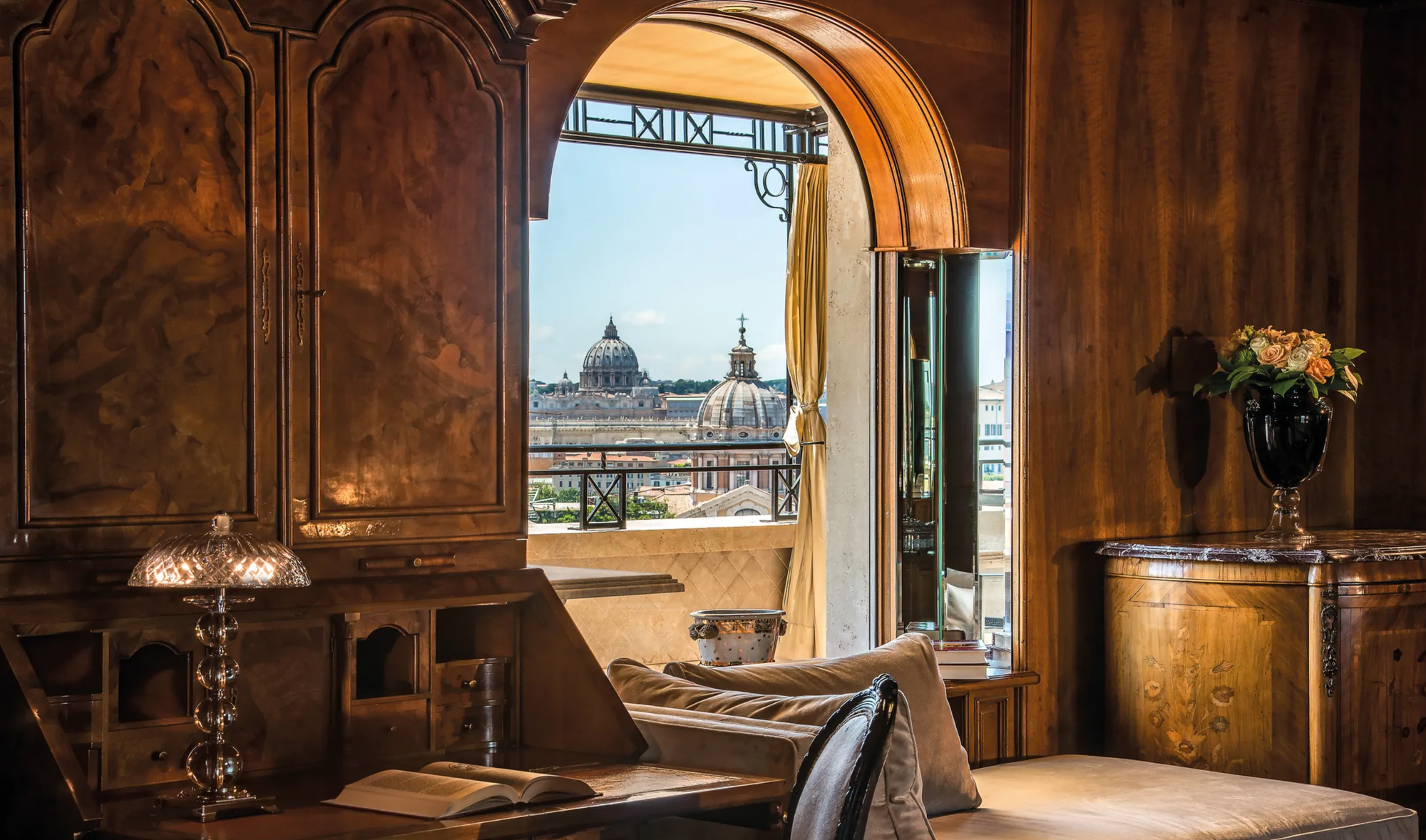
Hassler Roma
This storied hotel, perched above the renowned Piazza di Spagna, offers views of Rome's most exquisite shopping district, which revolves on the boutique-lined Via dei Condotti. For clients who do not wish to traverse the throng on the Spanish Steps, the Hassler's own electric car may take them immediately down the hill to their favourite designer artelier.
The Trevi Fountain, Piazza Navona, and Villa Borghese are all within walking distance of Hotel Hassler, and many of the upper-floor apartments and suites, as well as the penthouse restaurant, provide panoramic views of the city roofs and church domes.
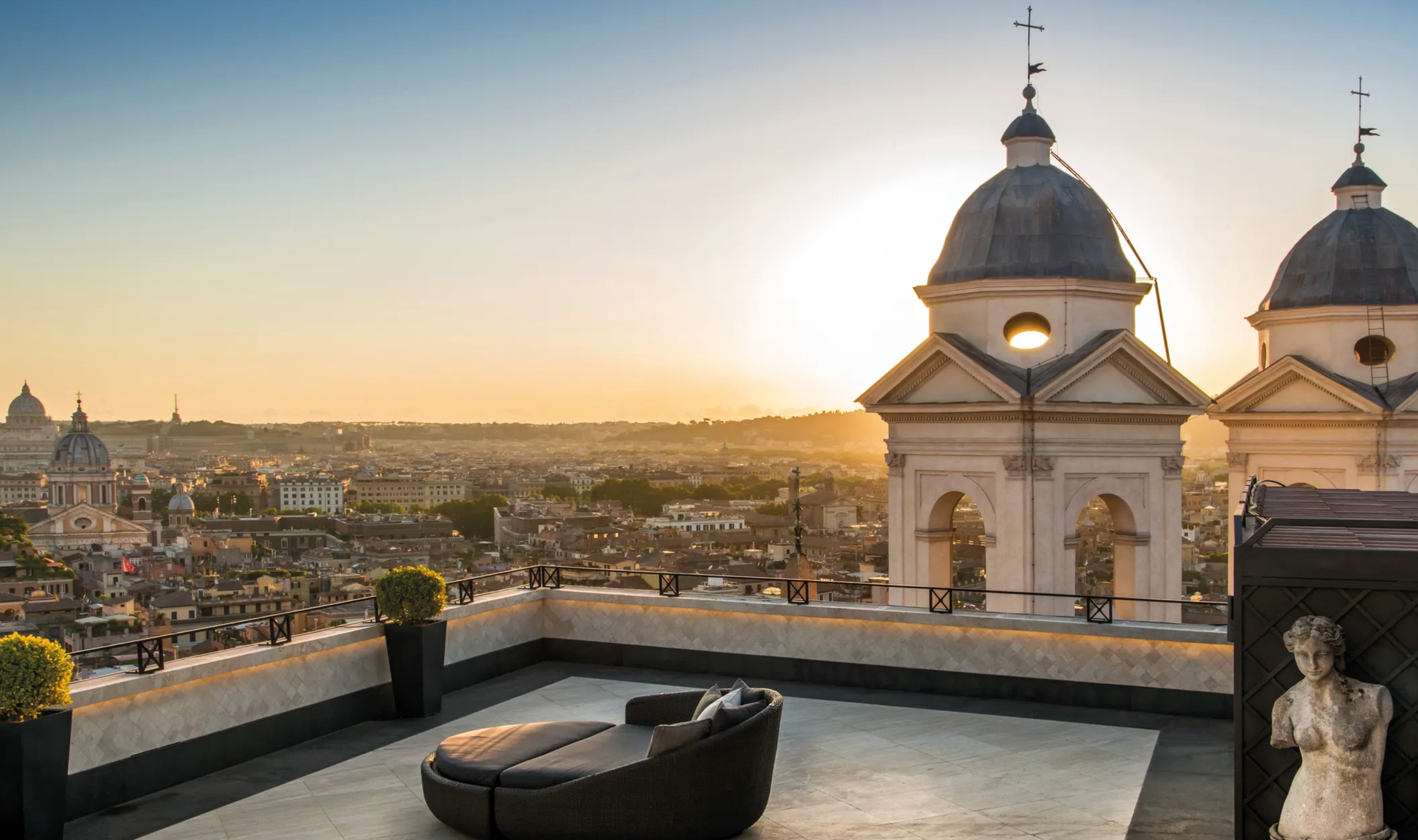
The Hassler celebrated its 125th anniversary in 2018, with five generations of the Wirth family at the lead. Under the watchful attention of Astrid Schiller Wirth, the hotel's magnificent, if rather stodgy, décor of dark wood, veined marble, and potted ferns has been continuously updated in recent years.
The foyer is the most recent refurbishment, a spectacular Art Deco-inspired area of chocolate-brown lacquered wood, black marble, and sleek brass, accented with an authentic Murano chandelier, rediscovered stained glass windows, and exquisite Ciaffoni flower arrangement. The total result is a modern, elegant environment that pays homage to its Belle Époque roots.
For a sense of Hassler's ancient splendour, join the fur-bedecked patrons in the nearby Salone Eva for a drink. You'll be surrounded by a gorgeous, if predictable, triumph of tufted velvet, thick rugs, and bevelled mirrors, leaving one to hope that Schiller Wirth would turn her discerning focus here next.
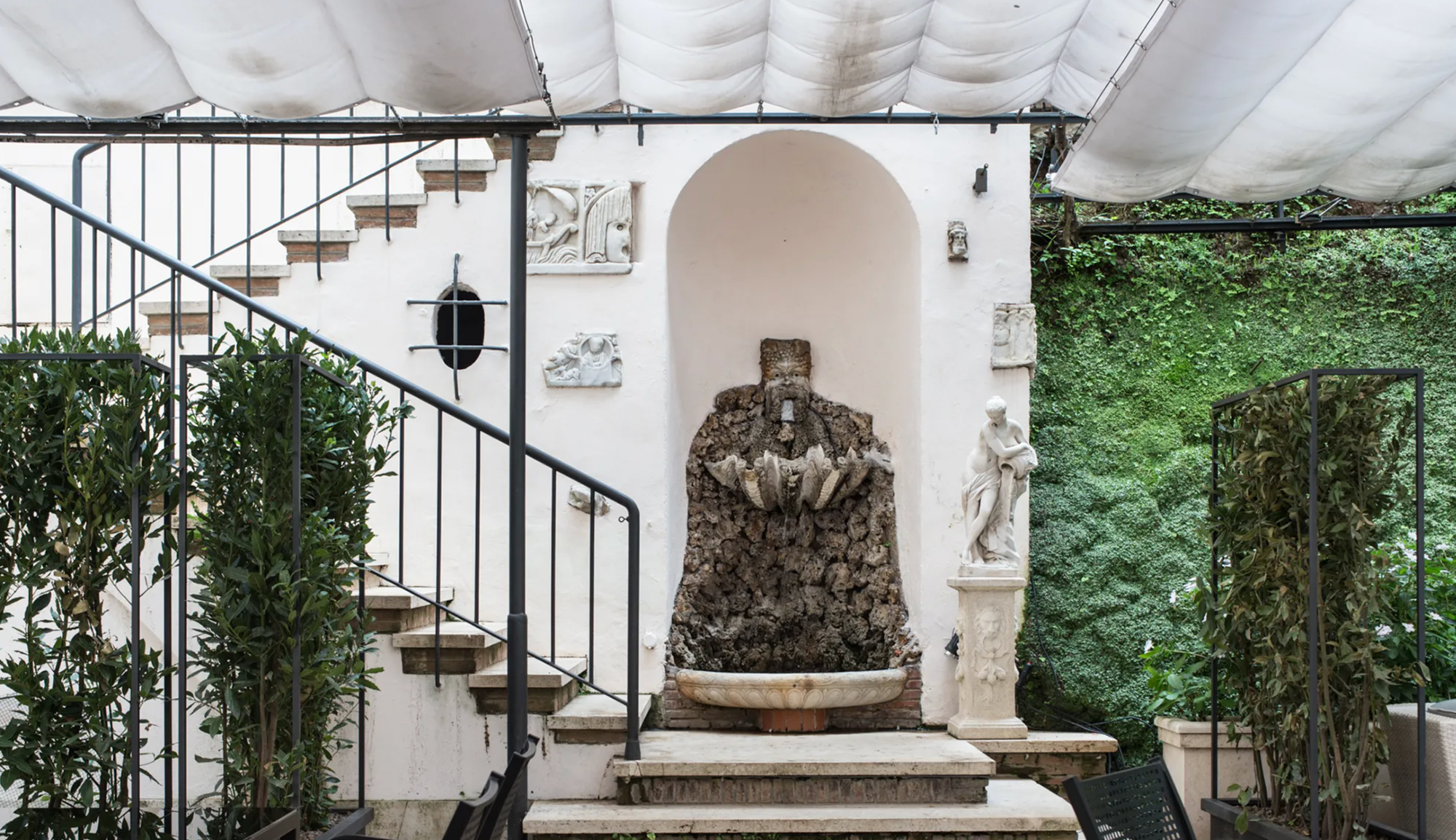
Though the Hassler's decor might be an odd mix of traditional and contemporary, the service never falls short of its unequalled calibre, which mixes grand-hotel accuracy with Roman friendliness.
This hotel has been a favourite of celebrities and royalty for almost a century, and the staff—many of whom have worked for the Wirth family for decades—provide a level of customised service befitting their clients.
From owner and general manager Roberto Wirth, who is frequently seen wandering around the lobby to personally welcome visitors, to the servers, housekeepers, and porters, the tone is warm yet discreet, courteous but never obsequious.
The hotel's amenities include the in-house Rossano Ferretti Hair Salon, the modest Amorvero spa and exercise centre (personal trainers are available upon request), and a 24-hour concierge service directed by the incomparable Daniele, for whom no request is too big or little.
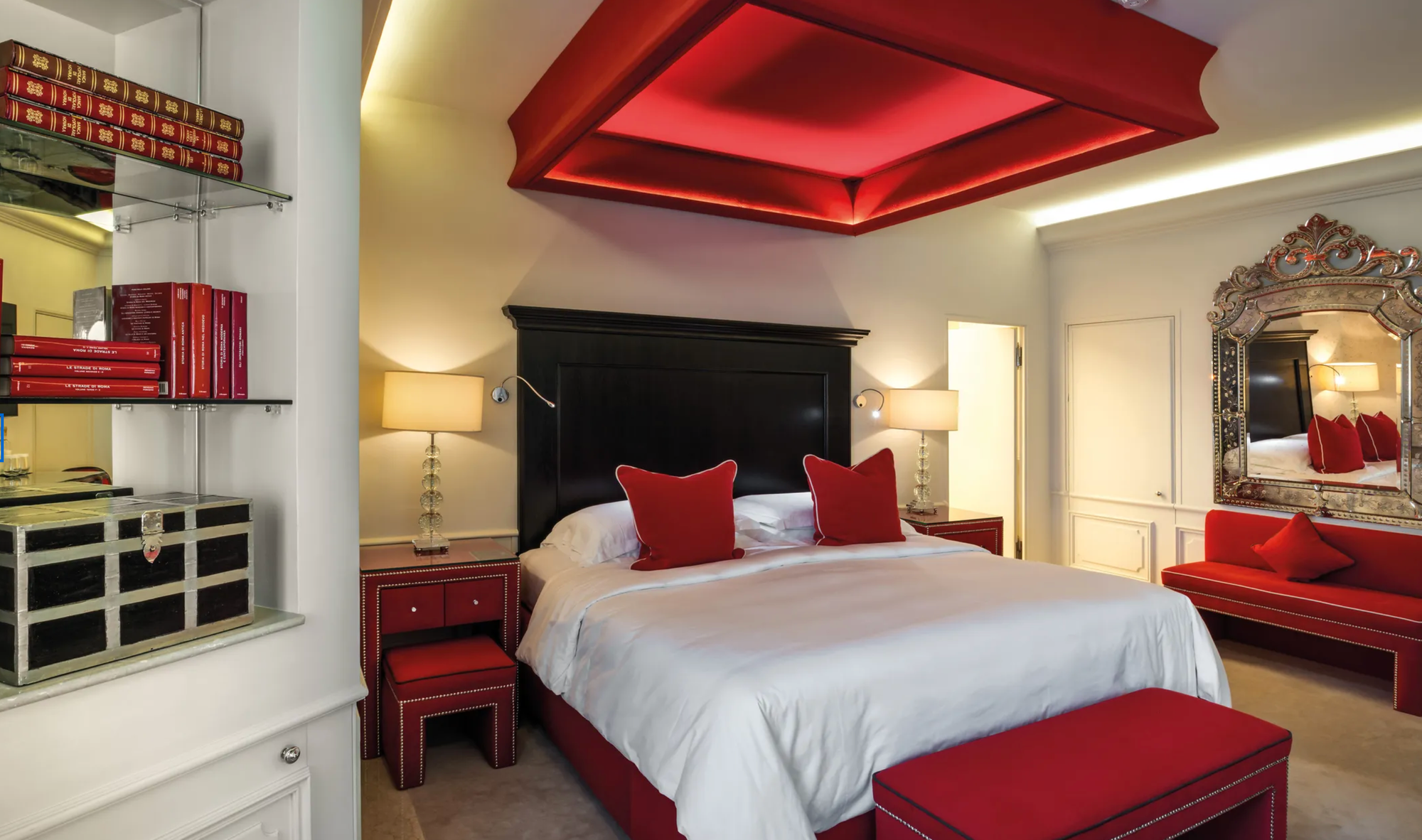
The 91 rooms and suites offer diverse styles, sizes, and views, so select wisely. Décor is grouped into two categories: traditional time capsule and daring Art Deco. If the view is your first priority—and the Hassler offers some of Rome's best—select any street-facing room on the higher levels. The hotel is phasing out the smallest rooms in favour of larger Deluxes or Suites, which are one of the company's strongest features.
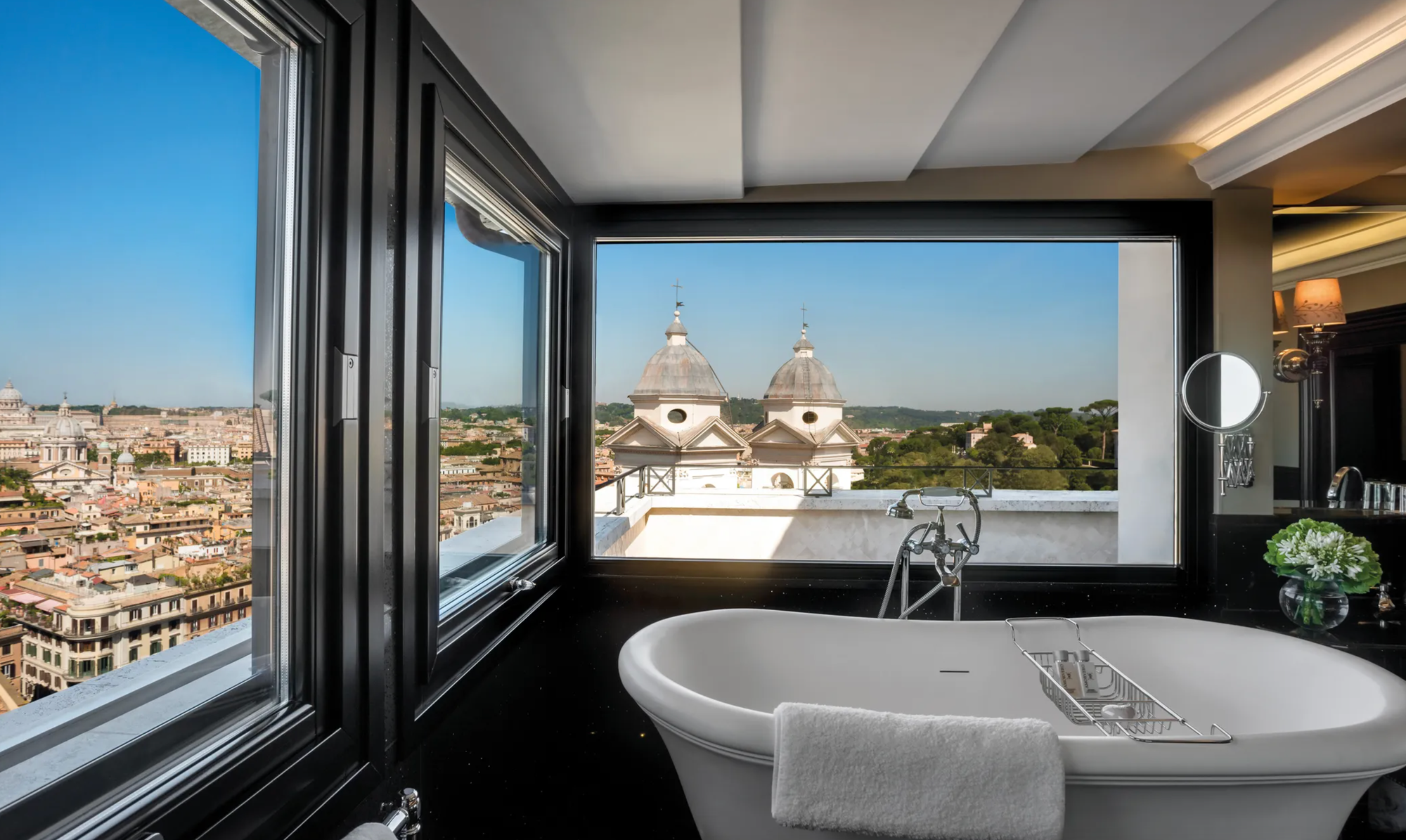
Karl Lagerfeld is said to prefer the modern black, white, and red Presidential Suite Trinità dei Monti, while the Penthouse Villa Medici Suite retains its original wood panelling and sweeping private terrace but has been updated with new amenities (including bulletproof glass).
You don't have to upgrade to a suite to enjoy the Hassler's refined comfort and service; even Classic and Deluxe rooms have a soothingly elegant atmosphere, with perfectly soundproofed triple-glazed windows, upscale mini bars, a pillow menu, nightly turndown service, and marble and mosaic bathrooms (some with whirlpool tubs) stocked with the hotel's own Amorvero products.
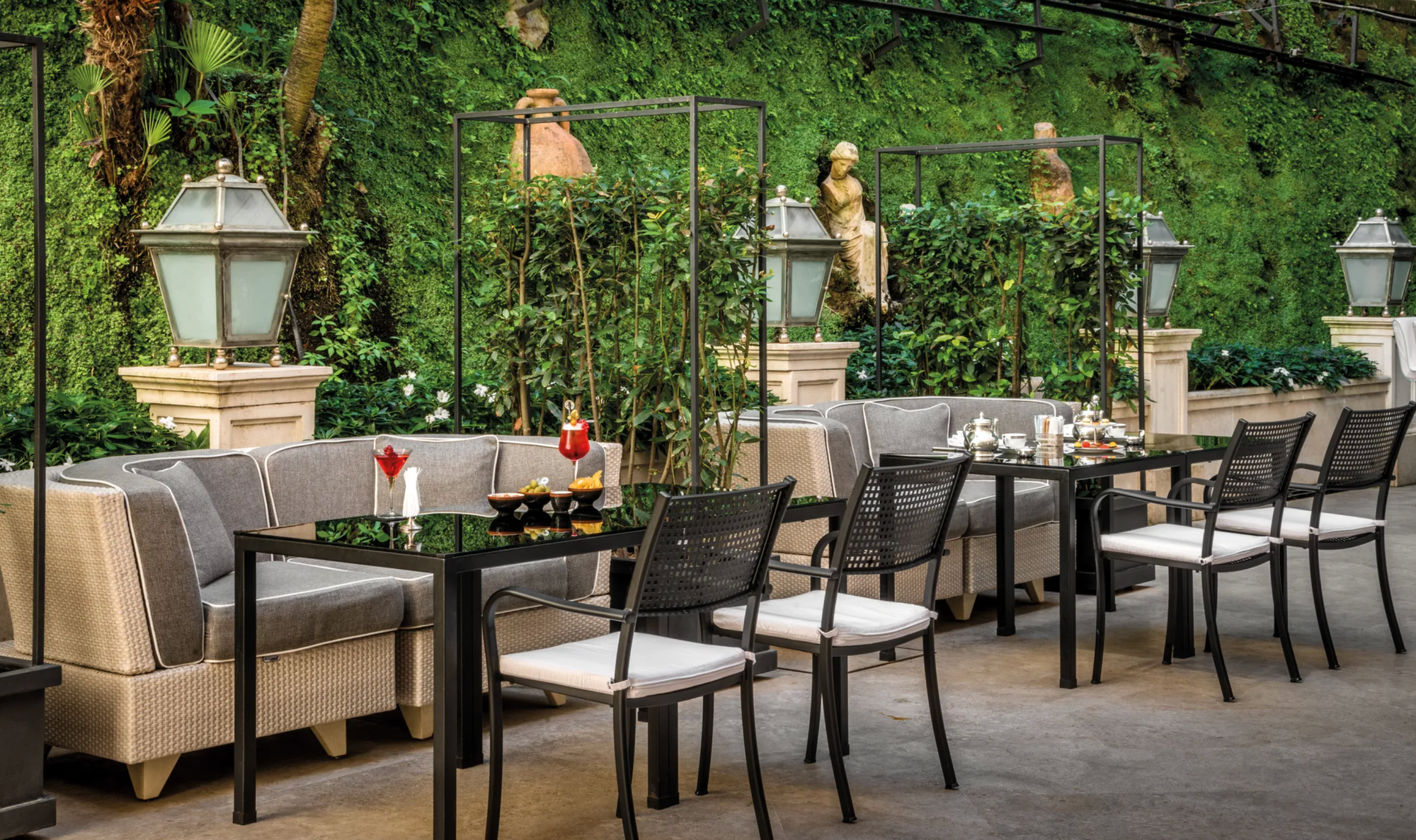
The Hassler's Michelin-starred restaurant, Imagò, has been the hotel's centrepiece for the past decade. Chef Francesco Apreda offers Italian-fusion cuisine each evening in the sixth-floor panoramic dining room, which boasts one of the city's best vistas. Apreda is well-known for his innovative Italian food, which combines his Neapolitan and Roman traditions.
The Hassler Bistrot (located in the formal Salone Eva in the winter and around the delightful Rockabilly-inspired chrome and neon clamshell bar in the outdoor Palm Court in the summer) offers classic Italian and international dishes served under the charmingly affable eye of maître d'hotel Andrea.
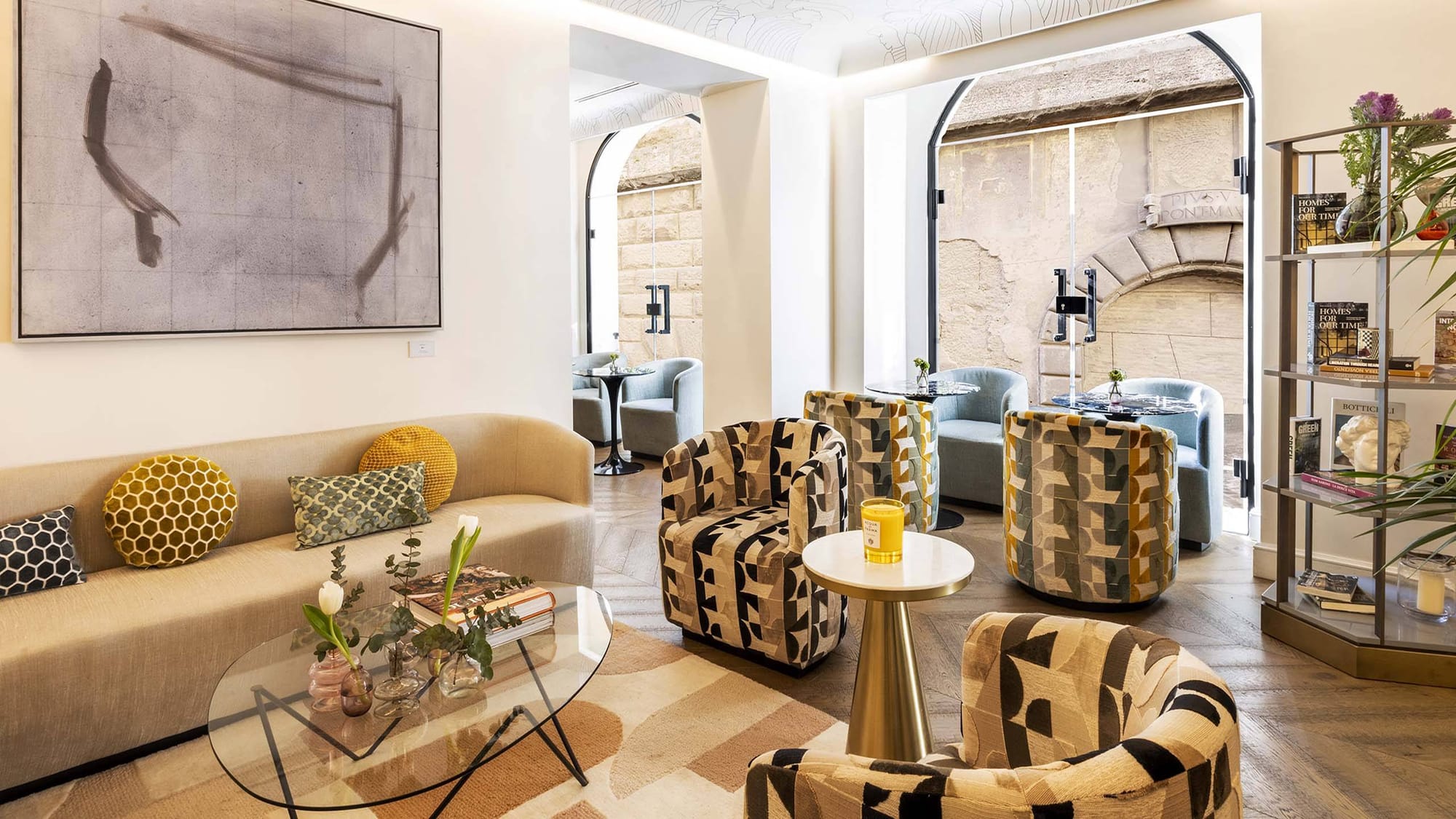
Nerva Boutique Hotel
The Nerva is located on the extreme border of the Monti area. It is located across the street from the Nerva Forum and faces the high stone wall that originally separated this imperial territory from the Suburra, ancient Rome's thriving lower-class quarter.
However, where there were previously bars and a red-light district, the modern-day Monti area now has bohemian-chic stores, cafés, and clubs. The Colosseum and Roman Forum are only a five-minute walk away, as is the Colosseo station on Metro Line B, which links to the rest of the city.
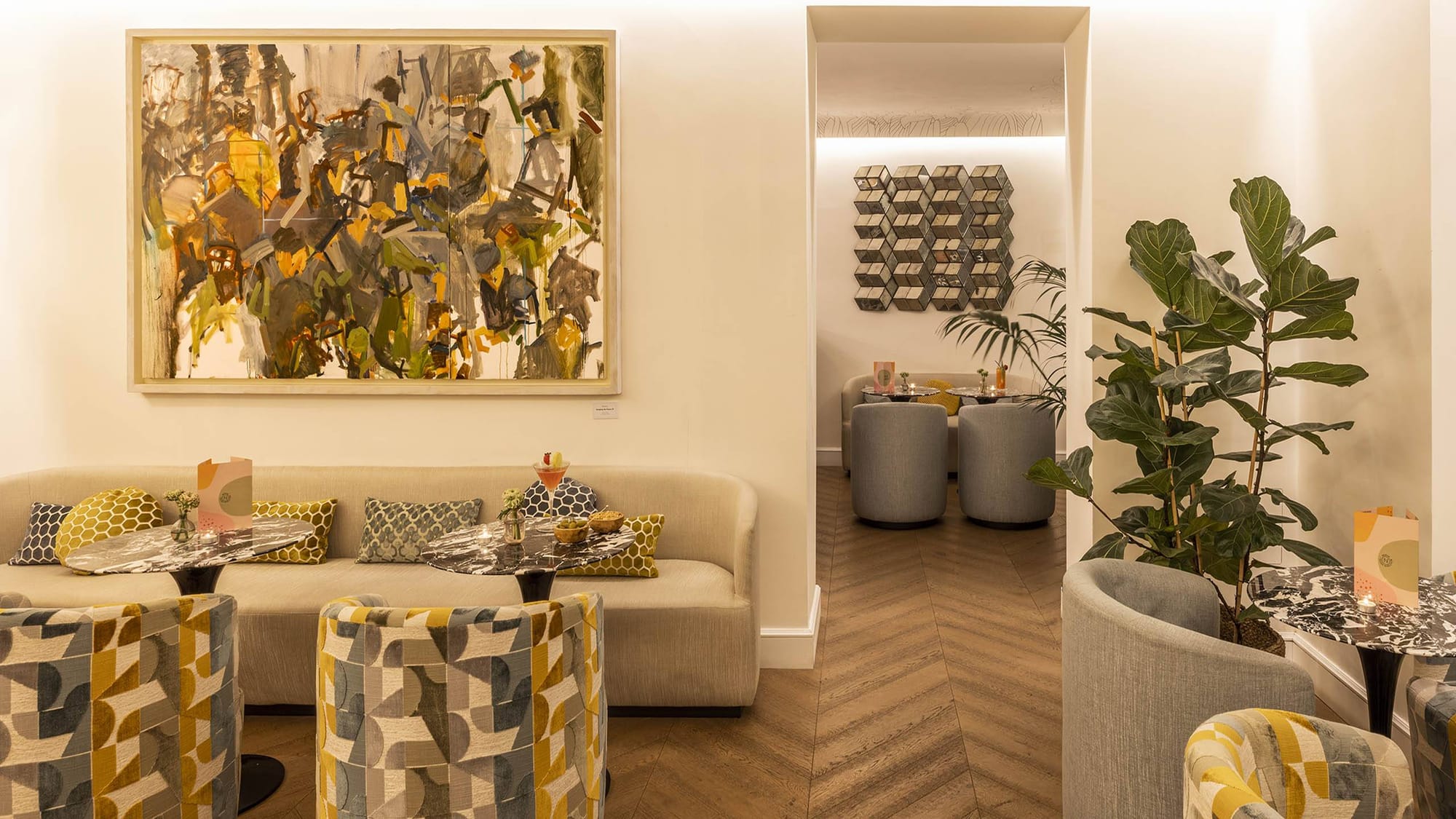
The meticulously crafted international décor is unexpectedly upmarket, with warm parquet flooring and stunning white-on-white panelling in the little reception room and adjacent café, as well as modern paintings and pictures by two local artists on the walls.
Fresh-cut flowers and art books abound, and a pleasantly welcome aroma permeates the entire property. Communal space is limited in this small bolthole, but what there is has been meticulously organised to create a modest yet welcome environment.
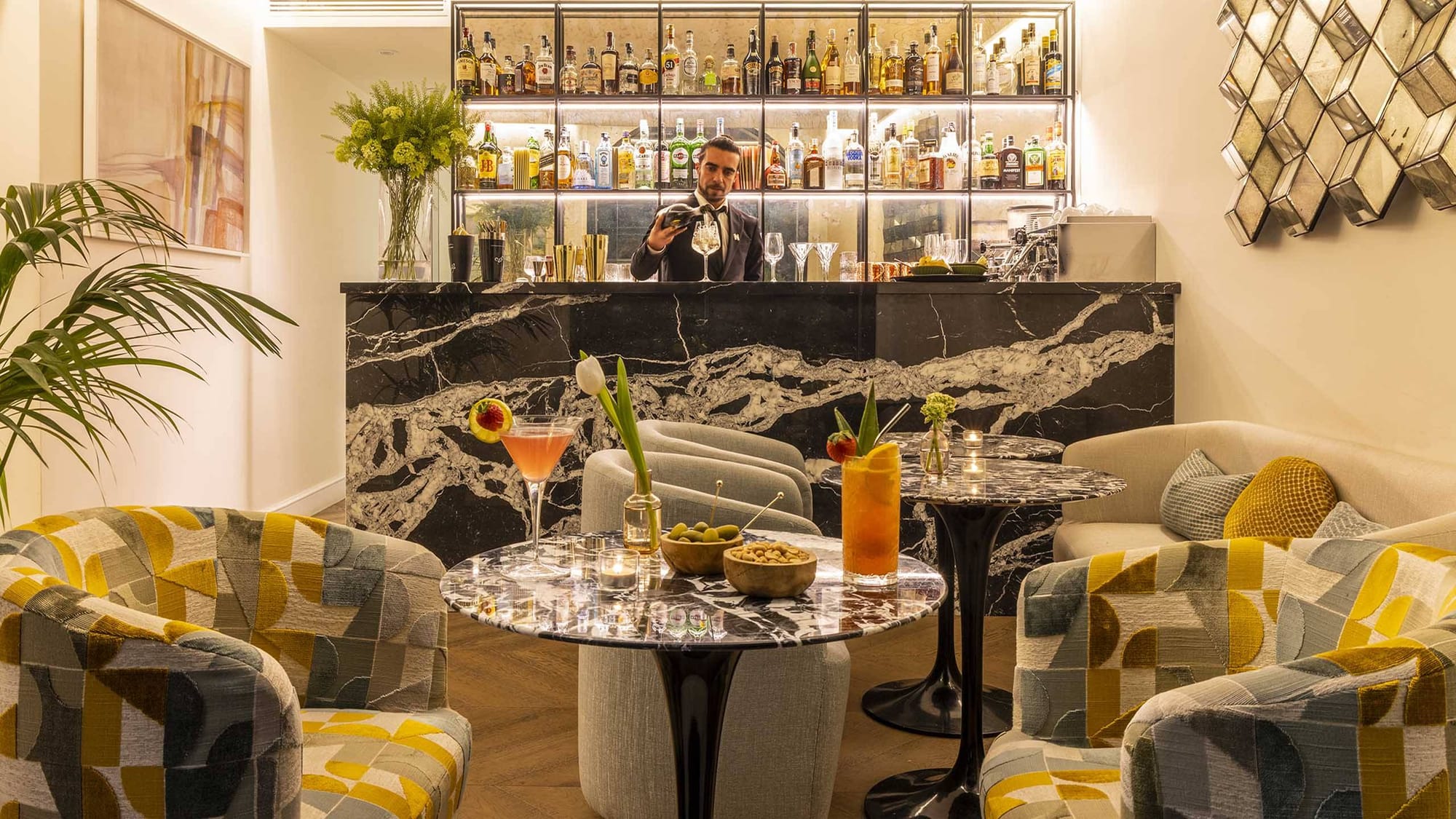
The Nerva is a boutique hotel in both name and attitude, with modest, family-run rooms and restricted services. Nonetheless, the hotel impresses with its opulent style. It has 24-hour reception, free luggage storage, laundry service, and complimentary afternoon tea from 3 to 7 p.m. at the café.
The staff is exceptional and would gladly organise one of the hotel's 'Luxury Boutique Experiences', which include private guided tours, personal shopping, spa appointments, fresh flowers and wine, and even a welcome box of macarons, chocolates, fruit, and champagne.
The elegant, contemporary décor of the lobby area and café extends into the 19 guest rooms. Colourful artwork and throw cushions complement the black, white, and houndstooth staples, while art books serve as sophisticated touches.
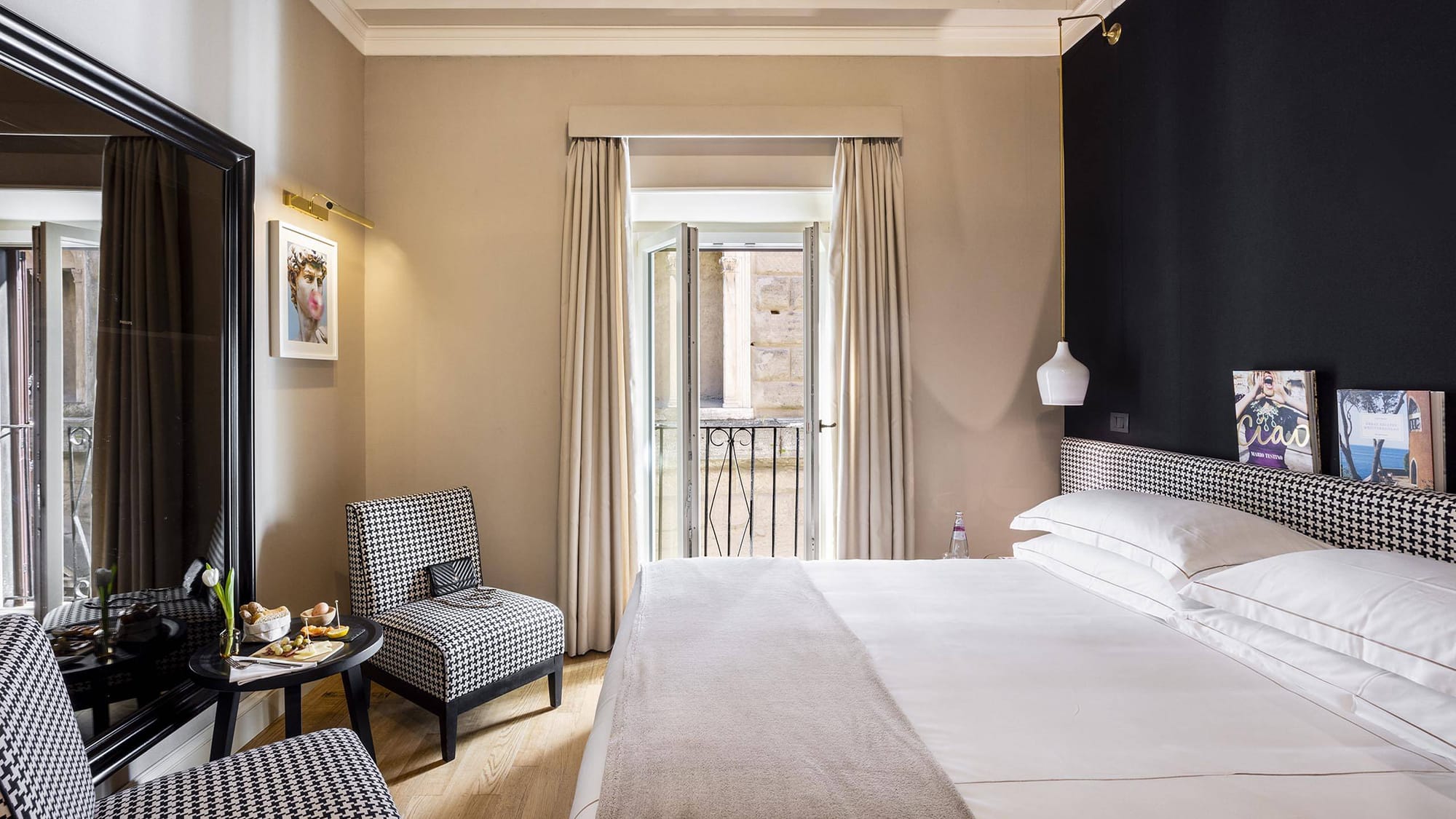
Design flourishes like as Dedar and Gervasoni furnishings, modern pendant lamps, top-of-the-line Italian mattresses and bedding, and Emperador marble bathrooms with custom natural bath products add to the rooms' luxurious atmosphere.
Those who want more space to spread out may book a Superior room or a suite; the biggest Master Suite has two floors and includes a living area with a beautiful fireplace, a jacuzzi tub in the bathroom and a sleeping loft.
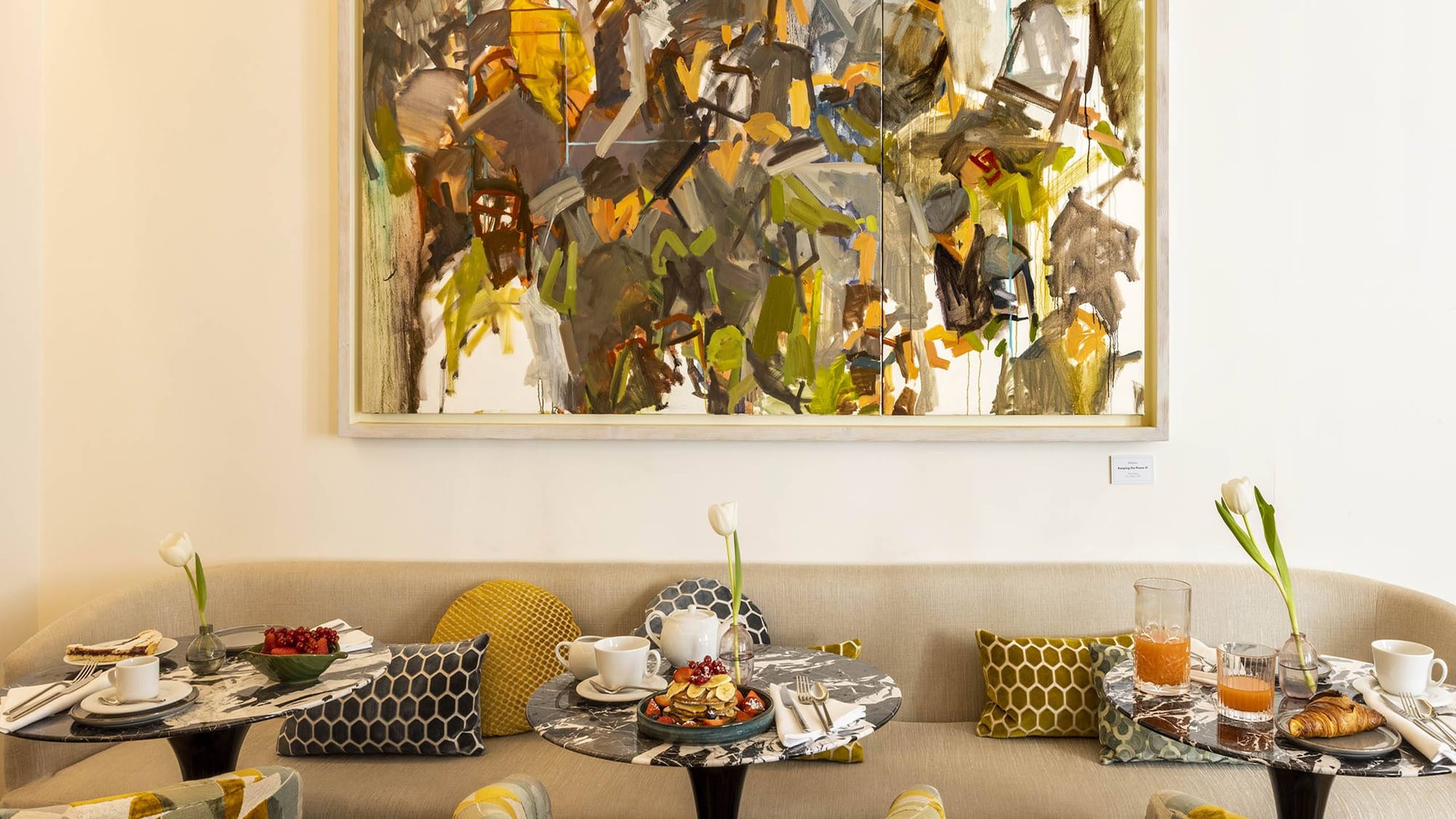
The café's friendly staff serves an excellent sit-down breakfast. Tortes and cakes are delivered each morning from a bakery outside of Rome, as well as deliciously pulpy fresh orange juice, coffee and eggs prepared to order, bowls of fruit salad and organic yoghurt, and a selection of cold cuts and cheeses.
The bar is open in the afternoon for complementary tea, and beverages or coffee are available throughout the day and evening upon request.
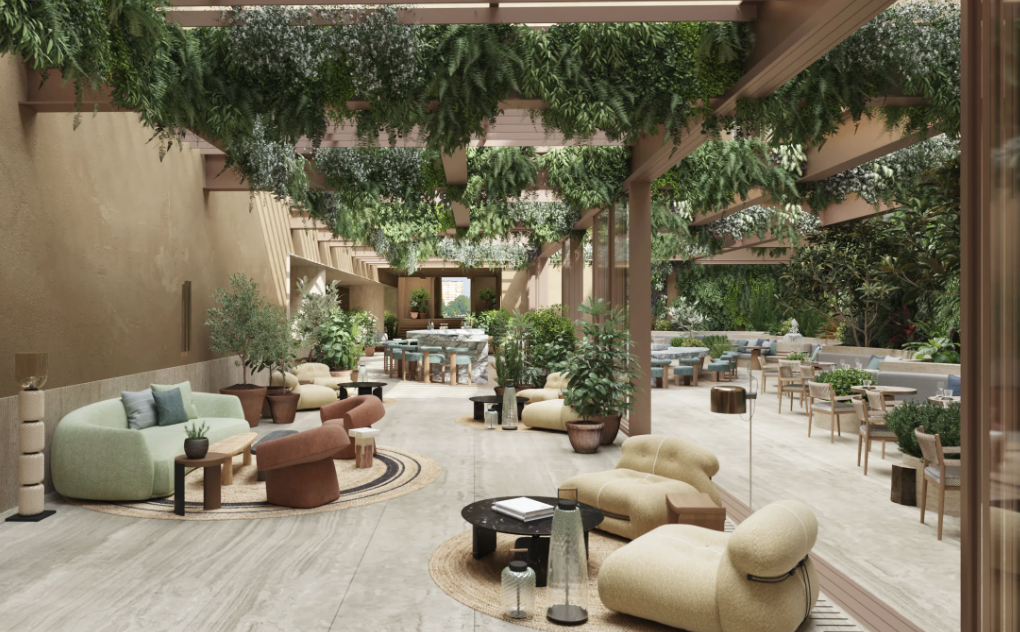
Six Senses Rome
The sanctuary-like rooms of this luxury hideaway stand in stark contrast to the surrounding activity of Via del Corso, Rome's go-go retail district, where Six Senses has established itself.
The hotel's handsome 15th-century palazzo, which was once home to a major bank, is a five-minute walk from Centro Storico attractions such as the Trevi Fountain and Pantheon, the Via Condotti and Monti shopping districts are a 10-minute cab ride away, and traditional Roman trattorias are just around the corner.
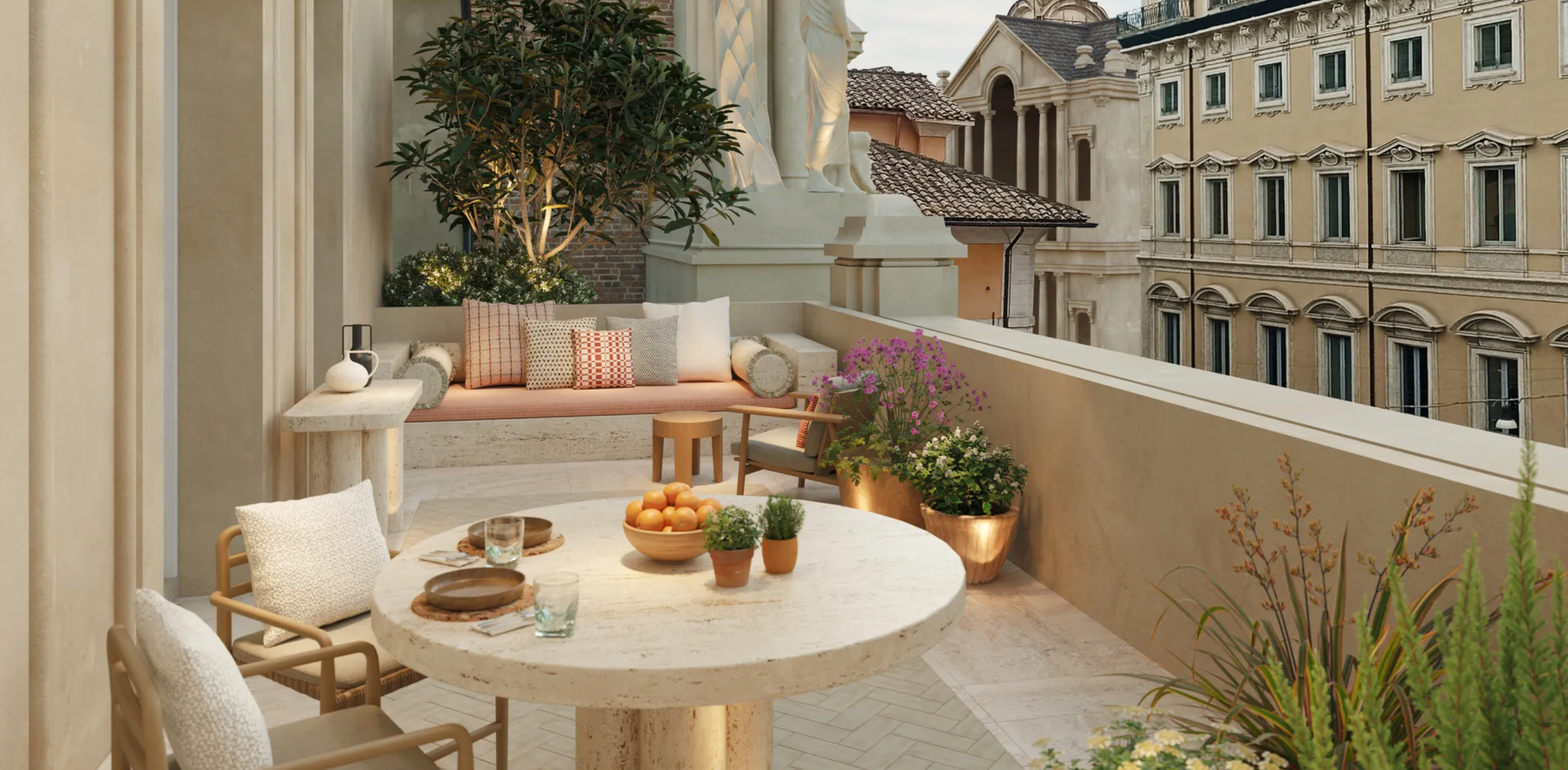
Six Senses enlisted Spanish architect Patricia Uriquiola to reproduce the brand's opulent oasis design in an urban environment, resulting in elegant floor-to-ceiling travertine interiors softened by naturally curved furnishings in natural wood, stone, and fabric, as well as vegetation everywhere.
It climbs the walls, drapes from the ceiling, and creates miniature green islands throughout the ground-floor salon, restaurant, and indoor-outdoor bar.
Though they do not read as especially Roman, the spaces adhere to the eco-friendly concept and Xanadu feel of Six Senses' distant resorts across the world.
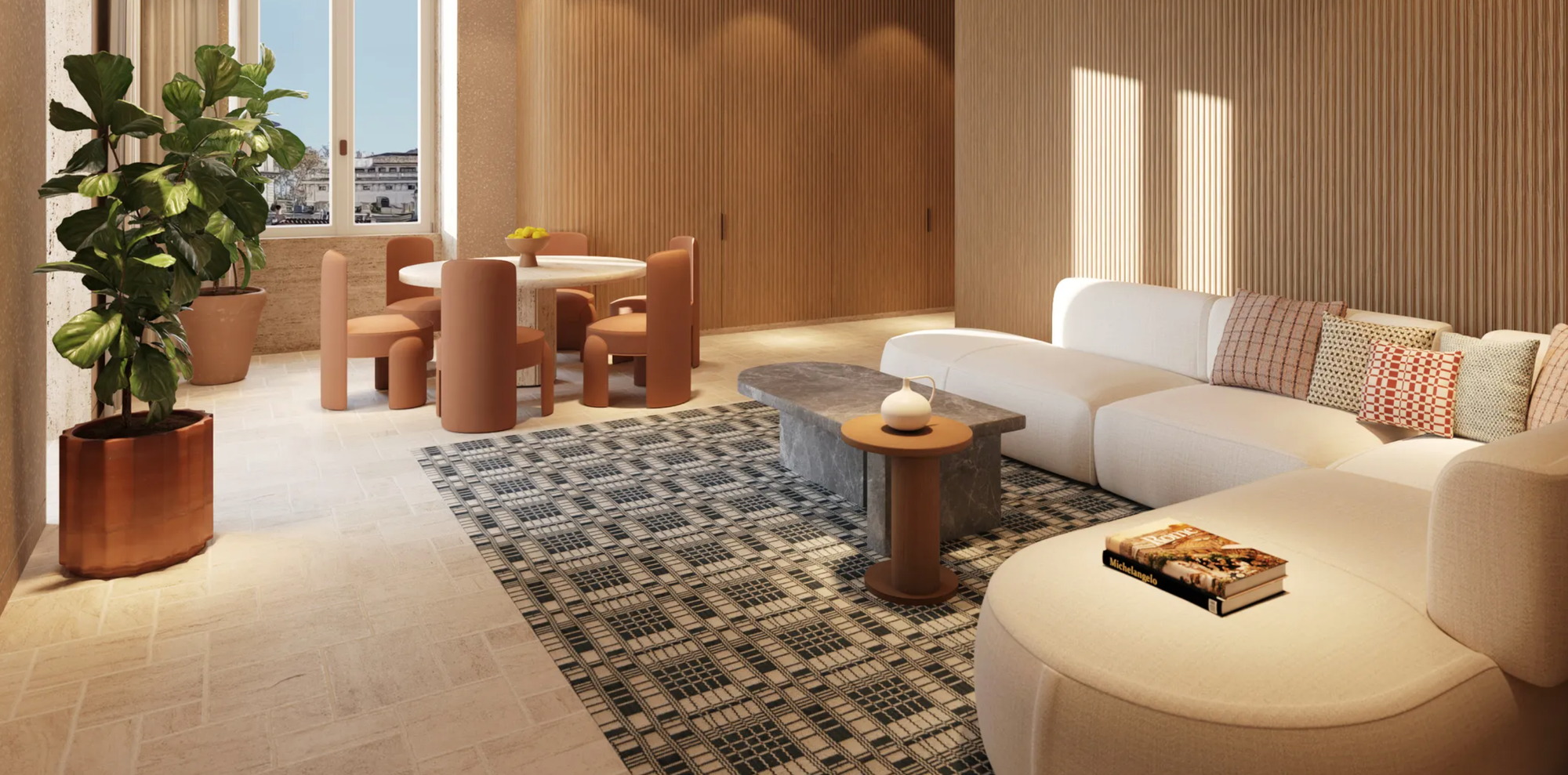
Beyond the glossy exterior, the Rome branch fully embraces the group's dedication to sustainable luxury, with projects ranging from refurbishing the façade of the nearby San Marcello al Corso church to running entirely on renewable energy.
The hotel's main draw is the Six Senses spa, which offers over three millennia of health rituals ranging from ancient 'terme' to 21st-century biohacking.
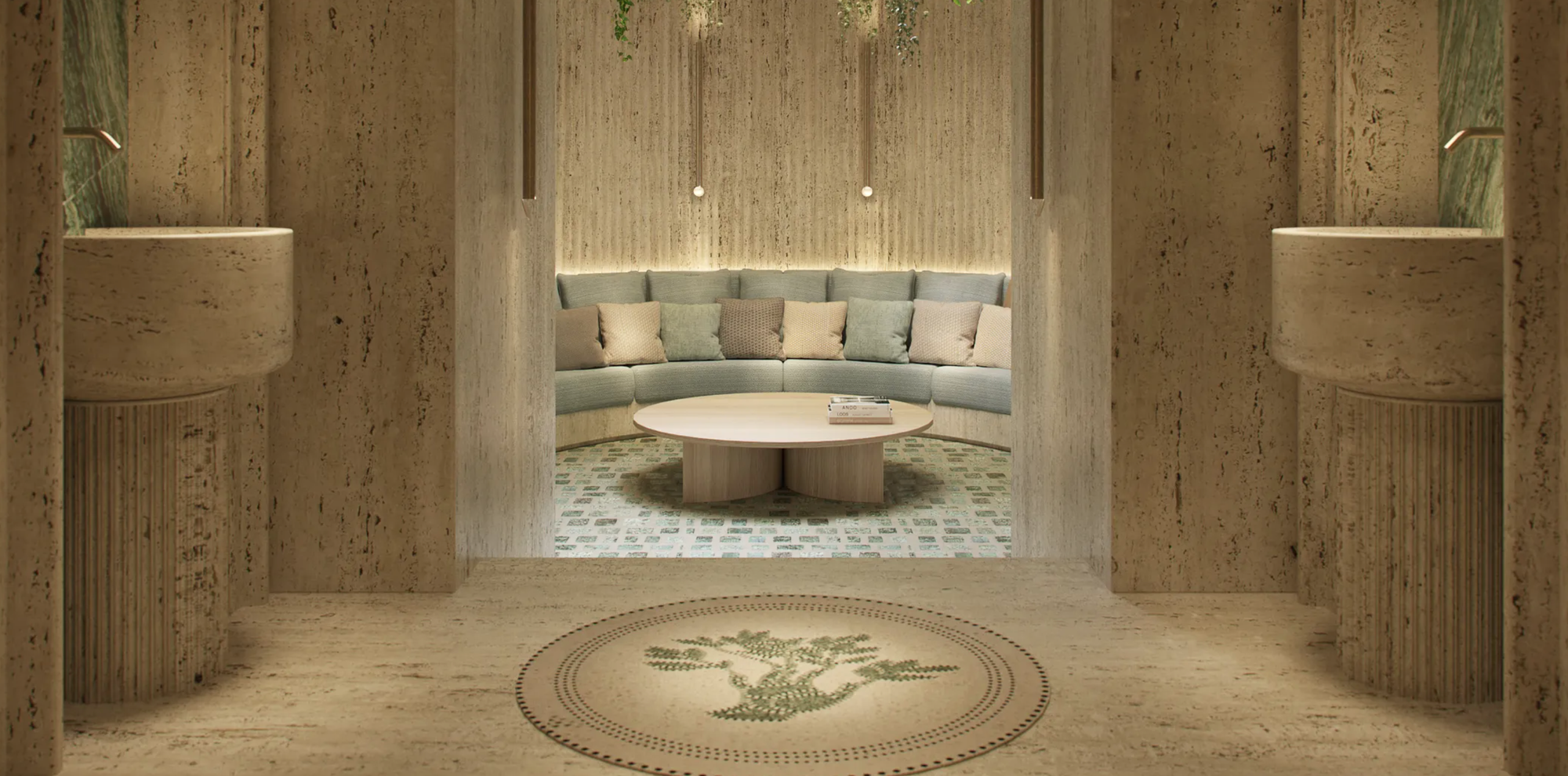
Guests may unwind in the Roman baths, try sound healing or aerial yoga, schedule organic face and body treatments, and push the boundaries of technology with LED face masks, PEMF, and Hypervolt - all under the watchful supervision of the kind yet competent staff.
This level of service extends beyond the spa and throughout the hotel, from the disarmingly friendly GM Francesca Tozzi of Il Pellicano fame to Sustainability Curator Federico Catalioto, who leads hands-on eco workshops in the hotel's Green Lab and, if you ask nicely, will obtain the keys to the 4th-century baptismal font hidden deep beneath the church next door.
The neutral travertine-and-wood interiors, energised by a forest of vegetation and statement furniture in the lobby and lounge, are pared down to the necessities in the rooms and suites, resulting in a relaxing environment perfect to recharge batteries after a long day of exploring the city.
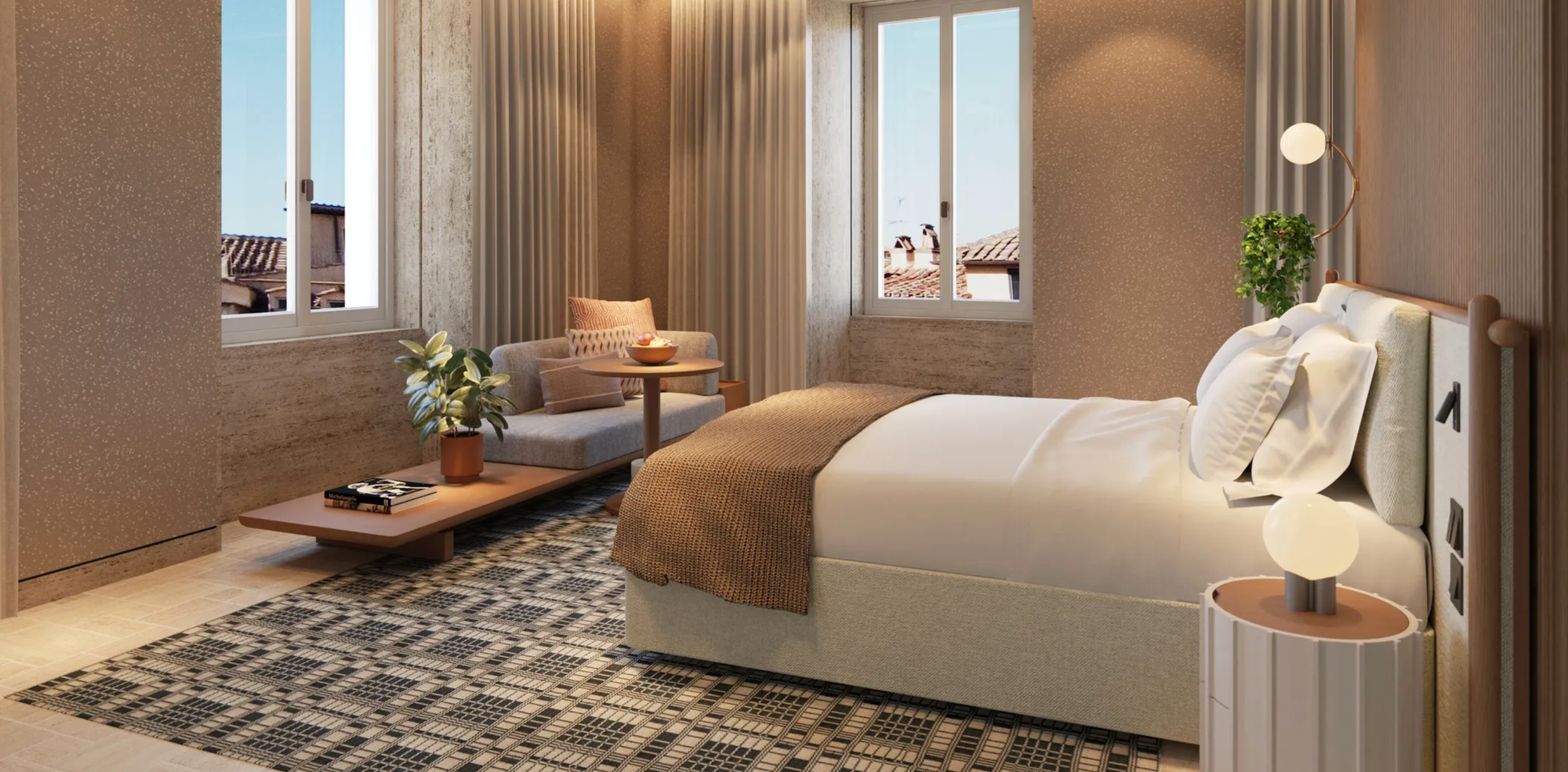
In rowdy Rome, however, bland is required to calm the pulse and allow for a decent night's sleep, which is almost assured with next-level noise insulation and total blackout shades, organic mattresses, a pillow menu, and the brand's own jet lag therapy with essential oil sprays and natural tonics.
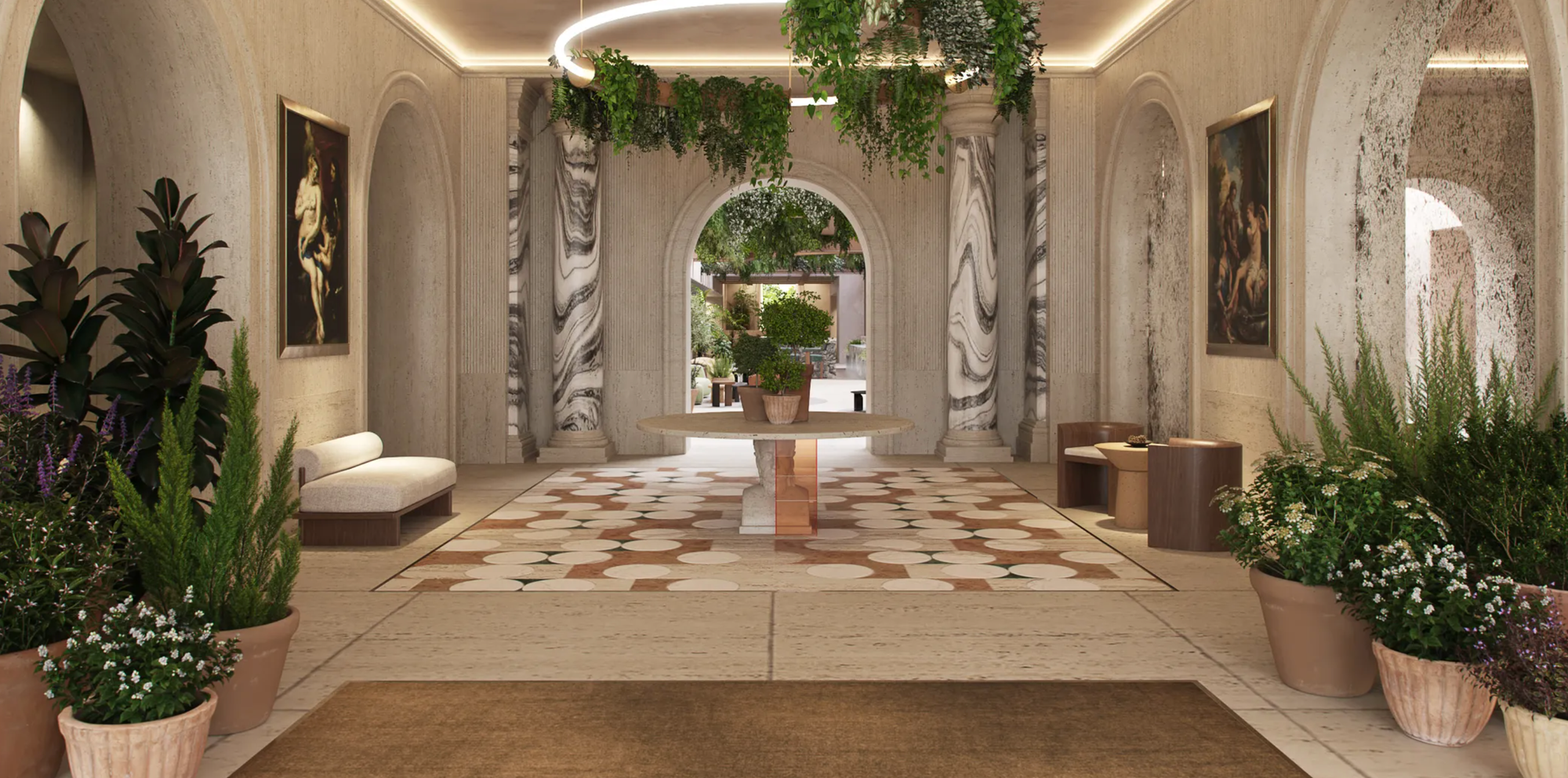
Other amenities include smart TVs and Bluetooth speakers, eco-friendly bath products and yoga mats, and minibars filled with gourmet nibbles, coffee, and tea.
While the building may lack some of the soul of Rome, one bite of Chef Nadia Frisina's exceptional cuisine at the hotel's BIVIUM restaurant/bistro/bar will transport you there. Her cuisine offers fun and mostly plant-based twists on classic dishes from the capital, and her dedication to utilising heirloom grains, sourcing food from local farms, and creating zero waste sets a standard for all Roman restaurants.
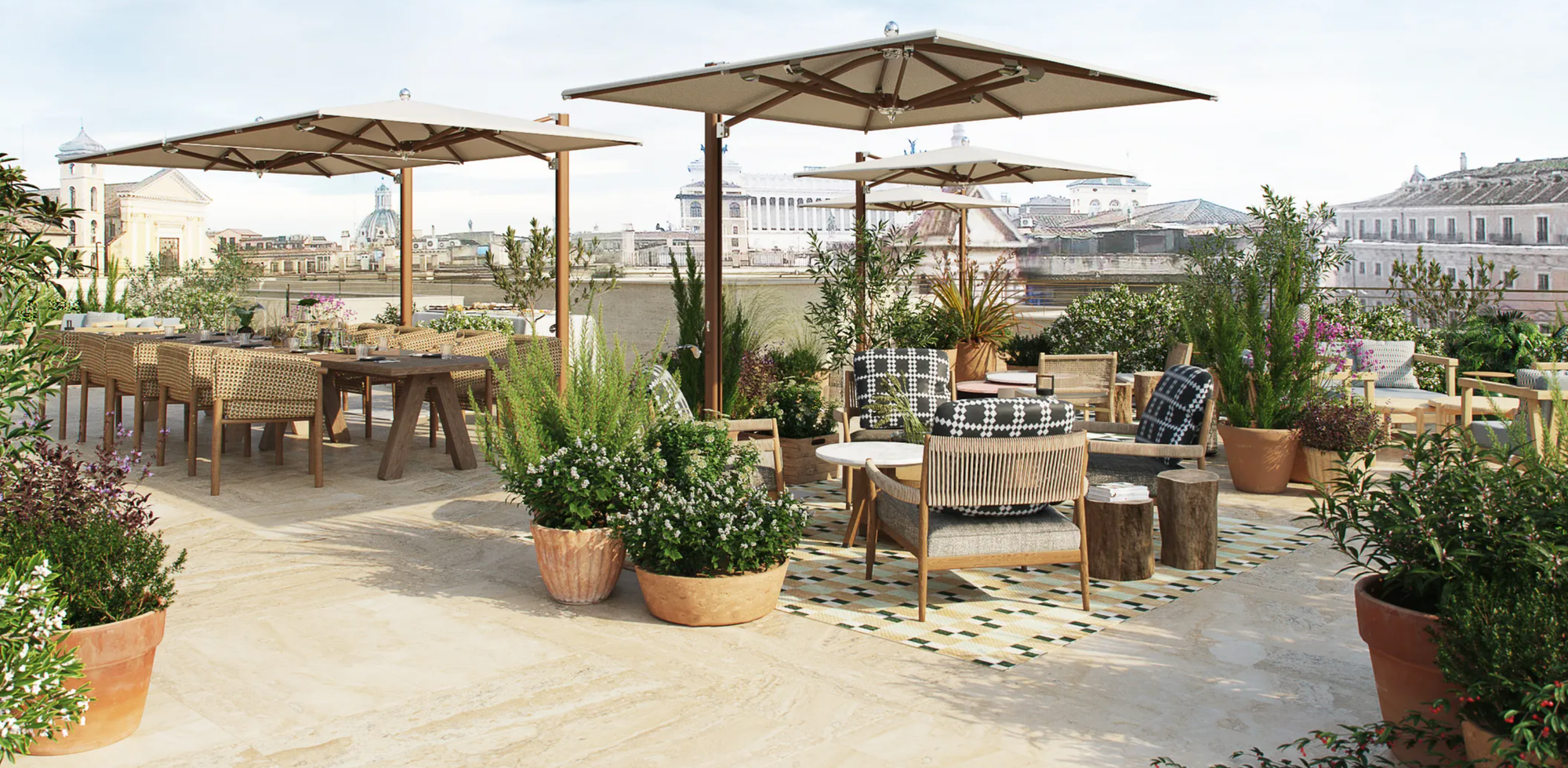
Try the wood-fired pizzas, which equal those of any backstreet Neapolitan pizzaiolo, as well as the Josper-grilled fish from the neighbouring shore or the Lazio hills' artichokes. The NOTOS rooftop lounge delivers distinctive drinks with a view while surrounded by artfully planted herbs from the downstairs kitchen.
Breakfast includes an ample buffet of sweet and savoury baked items from the hotel's own oven, as well as an à la carte menu with anything from pancakes to avocado toast.
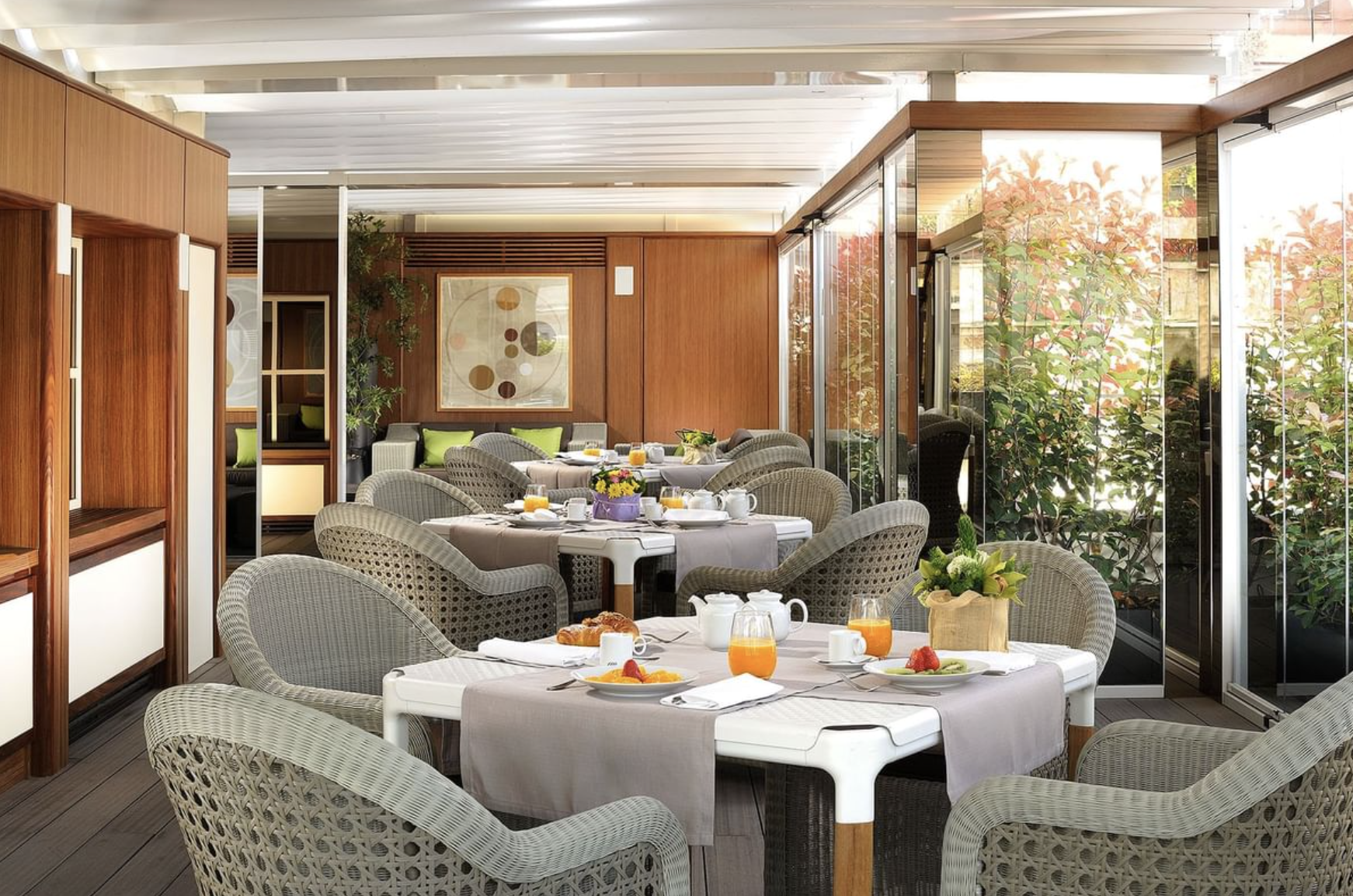
Babuino 181
The hotel is located on Via del Babuino, the exclusive retail route that connects the Spanish Steps to Piazza del Popolo, in the heart of Roman elegance. But it's not all fantastic frocks and pricy antiques: the Pincio gardens and Villa Borghese are just a short walk away, and the surrounding cobblestone alleys still have plenty of villagey charm.
Babuino 181 is a terrific alternative for independent mid-budget tourists who prefer the notion of a hotel that seems more like a collection of stylish serviced flats - all of which are effortlessly trendy.
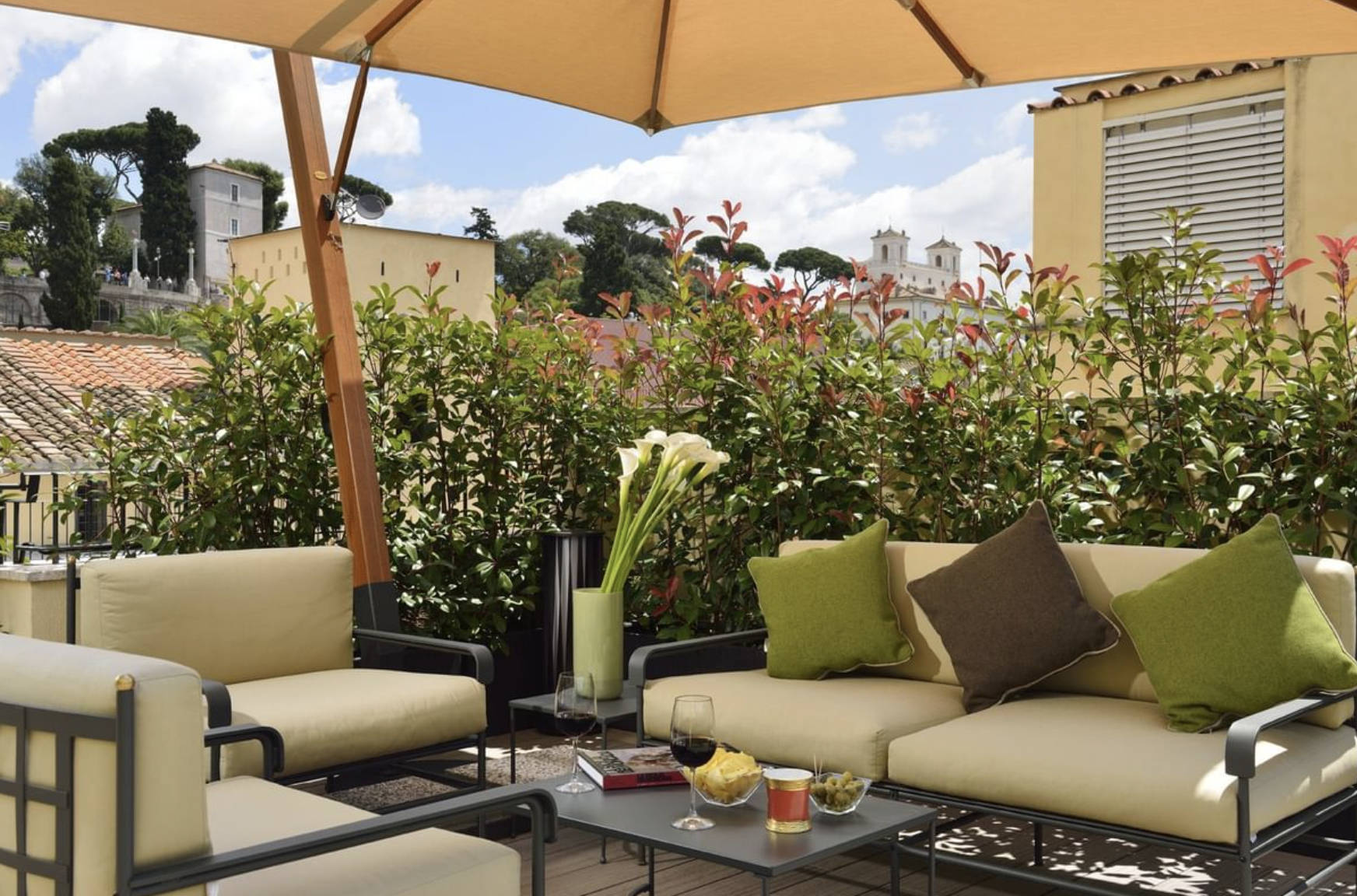
The staff is always available to greet you, assist with baggage and answer questions, but you are mostly on your own, exactly as if you were renting an apartment.
One wonderful feature is owner Alberto Moncada's 'Roman Notebook' of recommended places to dine, drink, buy, and explore in the vicinity, which visitors may take for free.
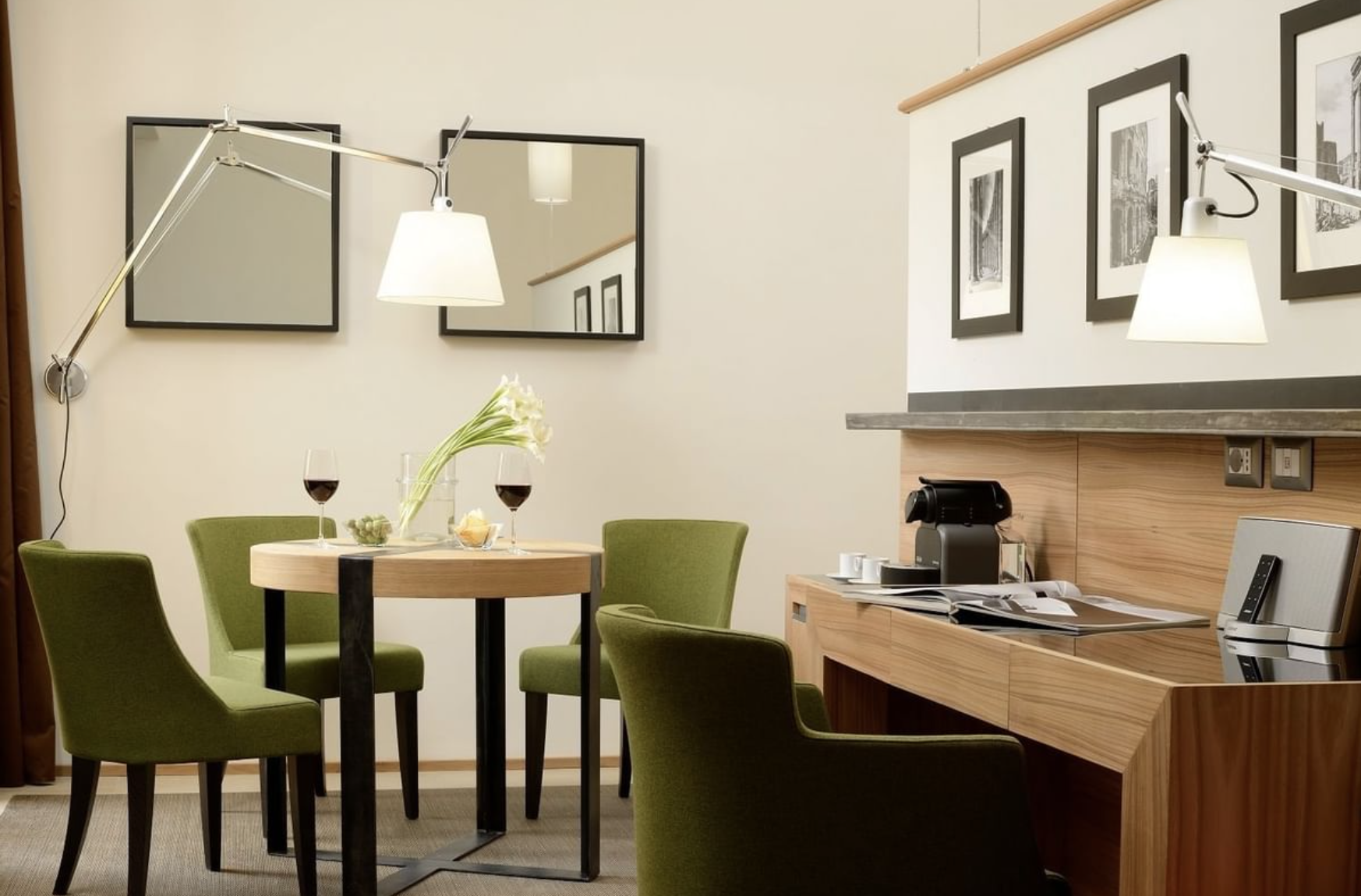
The sole shared area is the terrace bar in the annexe across the street from 181, where visitors may rest or work on their laptops.
These exquisite chambers, decorated in earthy tones and ornamented with black and white images of Roman sites, feel like miniature urban residences.
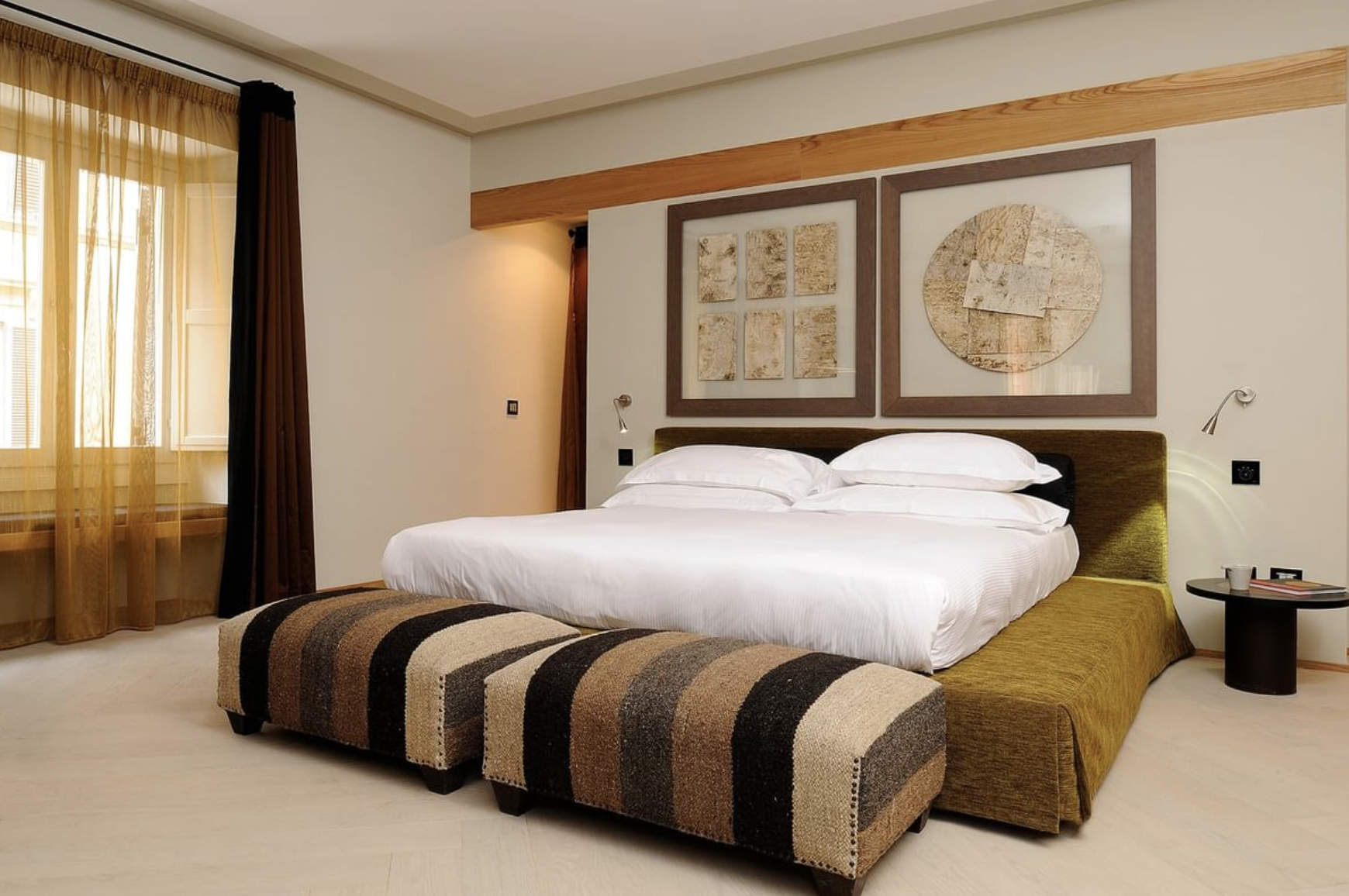
Even the entry-level Double Superiors are spacious enough, and all have marble-lined bathrooms with power showers and tubs. We loved the amenities: Frette linens and bathrobes, a Nespresso machine in each room, an HD television, and, of course, free Wi-Fi.
In the annexe directly across the street from the main townhouse at number 181, the hotel boasts a wonderful top-floor terrace bar, al fresco in summer, where a continental buffet breakfast is provided in the morning and evening cocktails are mixed from 6pm to 9pm. There are also Nespresso machines in each room.
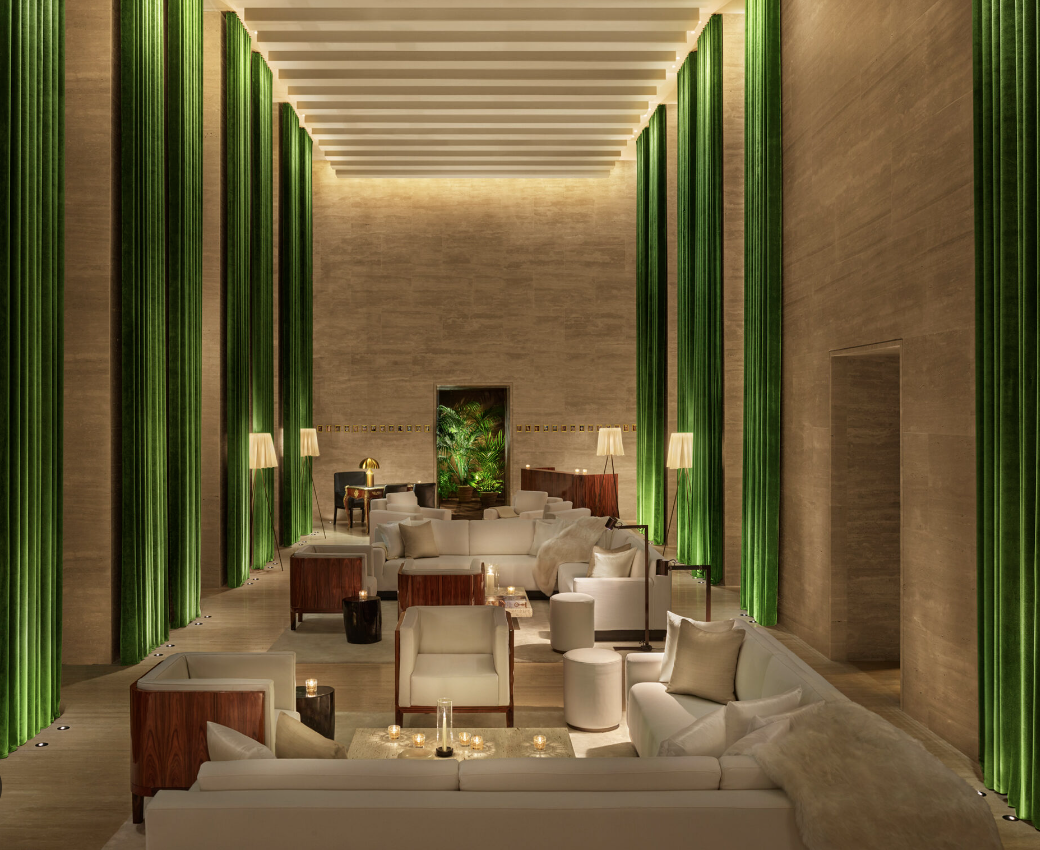
The Rome EDITION
After its mid-century la dolce vita heyday, Rome's Via Veneto/Piazza Barberini area devolved into a wasteland of fading Grand Dame hotels and abandoned businesses.
A recent wave of luxury hotel developments has infused some excitement into the region, and now this erstwhile hotspot is on the verge of recovering its status as the city's glam core.
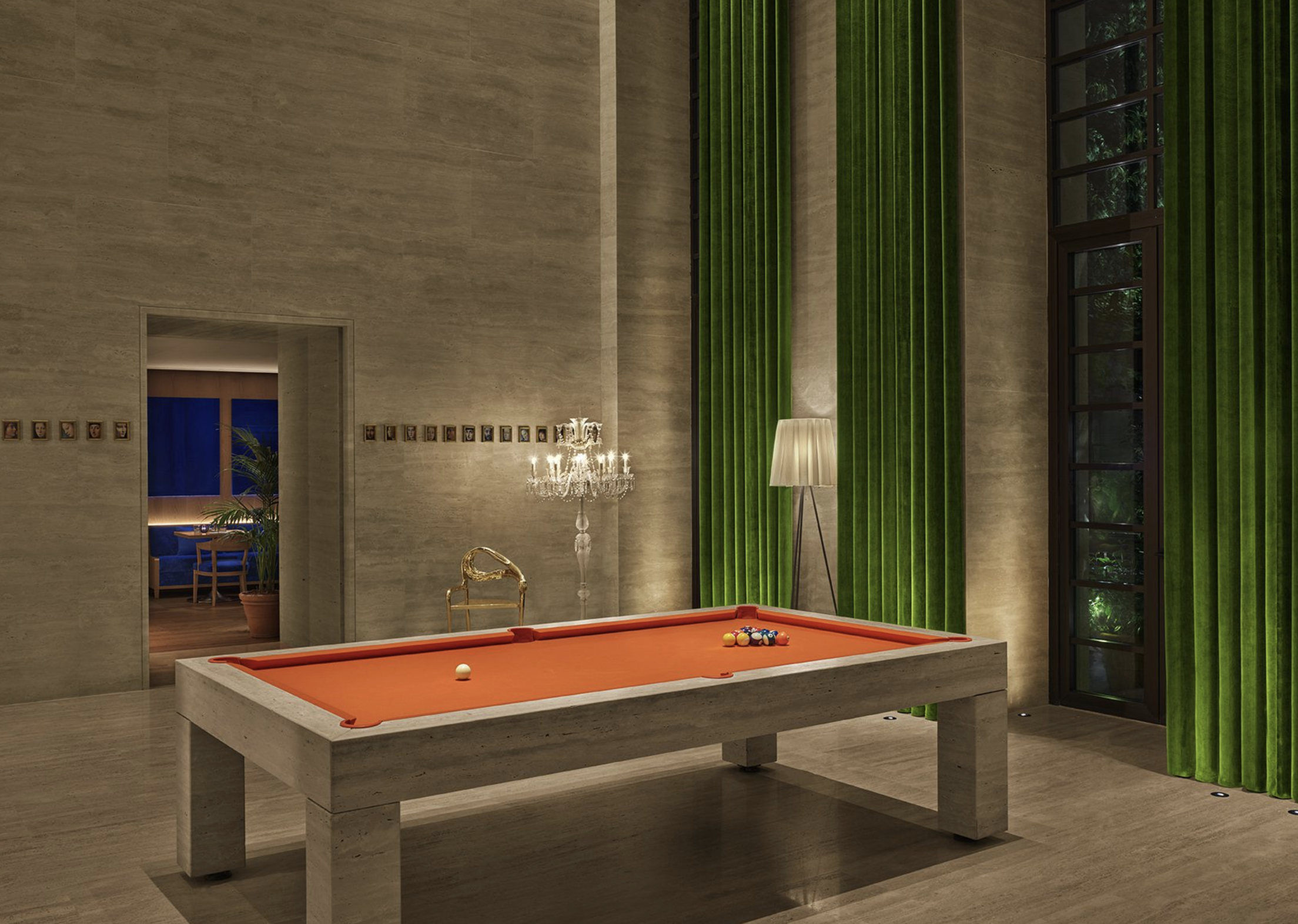
The Rome EDITION, located on a quiet side street, combines the convenience of its central position with a sense of remoteness from urban tumult - all of the city's main attractions are within a 10-minute taxi ride, and the verdant boundaries of Villa Borghese are just up the street.
Architecture enthusiasts will admire the hotel's undisturbed Rationalist bones, which were erected in the 1930s as a former bank and still have original elements such as a Cipollino marble central staircase.
Its austere lines and lofty ceilings are softened by lush garden spaces, ranging from the flora-lined entry that functions as an open-air atrium, hall and dining room to the rooftop bar and pool area, as well as sumptuous interior design.
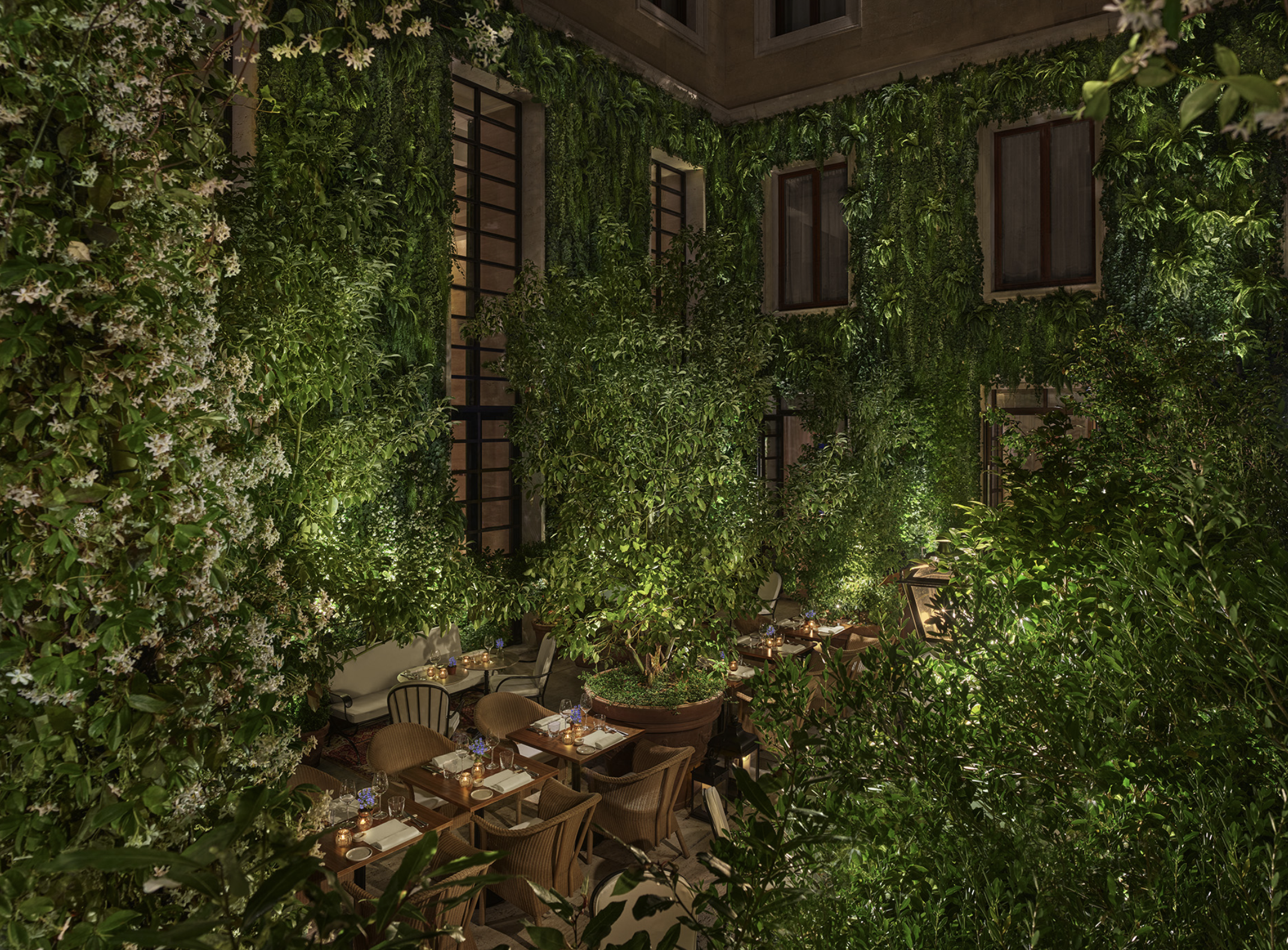
Guests may congregate in the candle-lit lobby on sofas covered with luxurious cushions and faux-fur blankets, or in the speakeasy-style bars on the few evenings when Rome's temperatures fall below mild.
This new hotel is still finding its feet: the polite staff can become agitated when things become hectic, and a few facilities are still in the works.
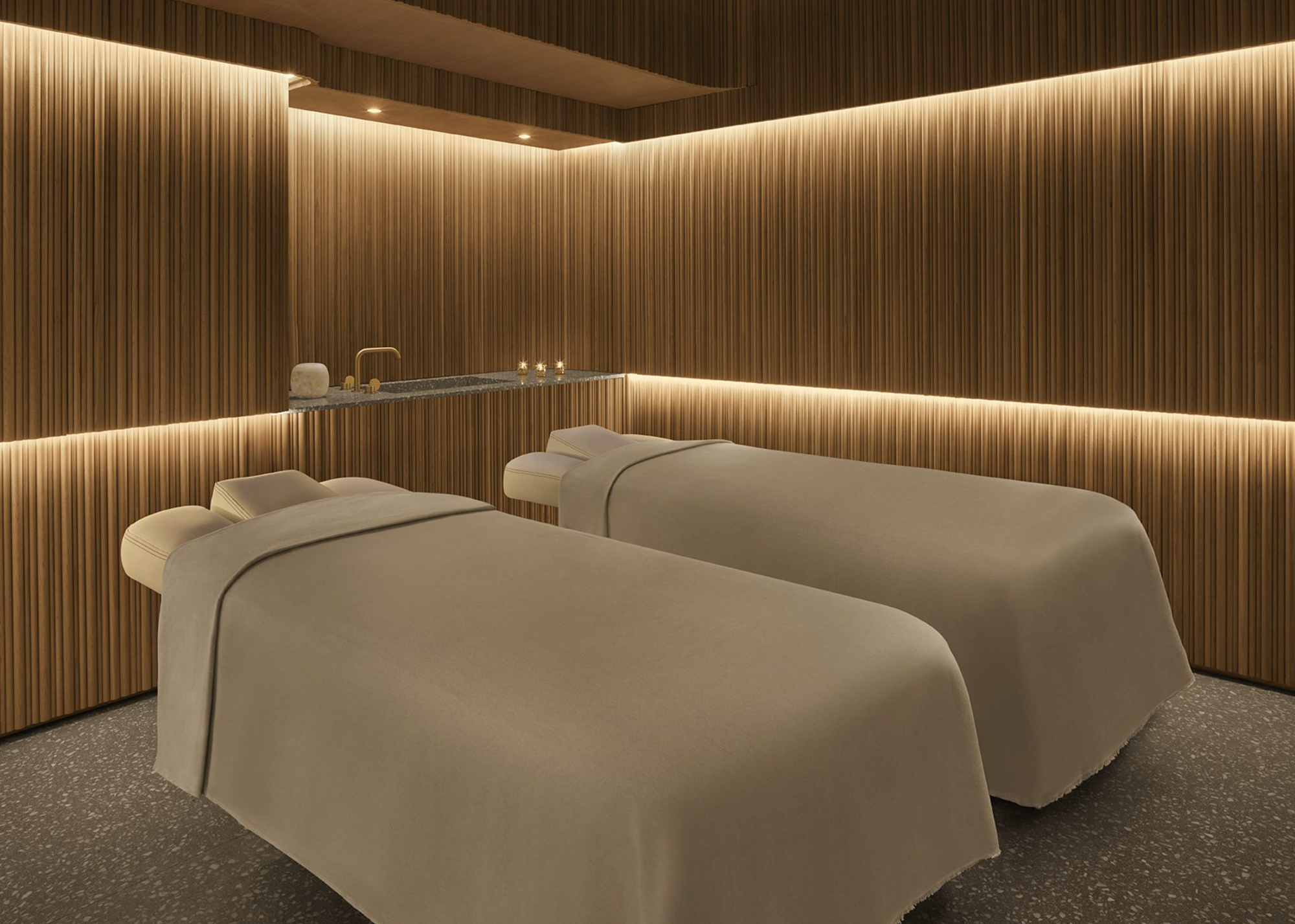
However, the finished product will be a show-stopper, with two street-level cocktail bars, an indoor-outdoor restaurant, a clubby lobby with EDITION's signature pool table, a panoramic rooftop with a bar for drinks and small bites as well as a sky-high plunge pool, and an ample below-ground fitness area with both free weights and machines, as well as private cabins for massages and beauty treatments.
The 91 rooms and suites reflect EDITION's minimalist style and Roman extravagance. Custom beds and bathrooms with Carrara marble basins and Agape fixtures add to the sophisticated yet modest style, which combines walnut panelling with eggshell linens and accessories.
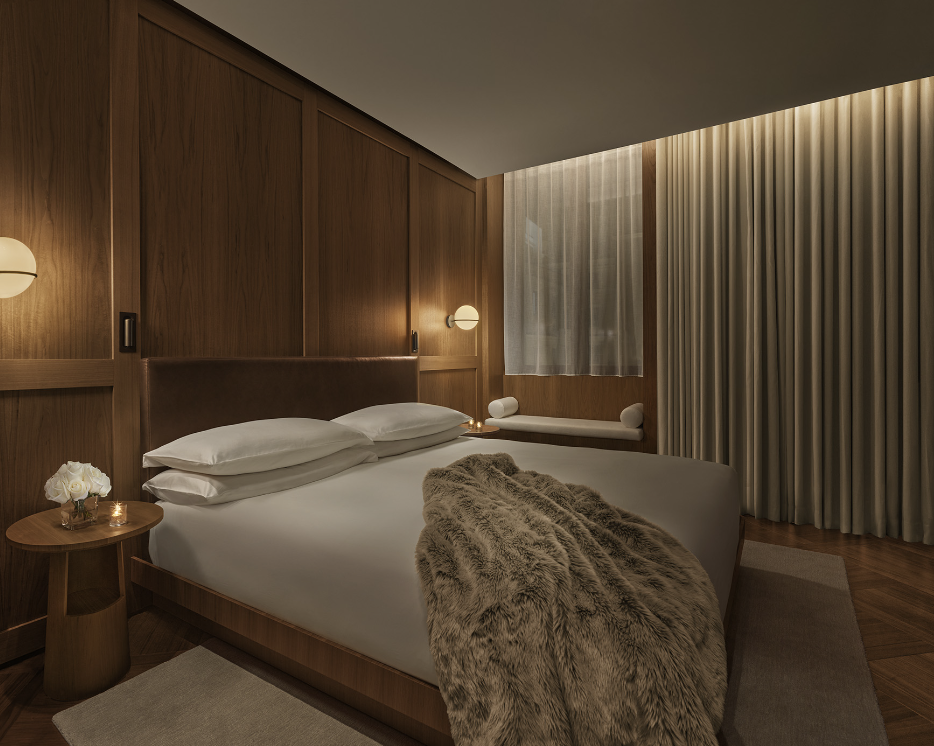
Because the spaces were adapted from old offices, some rooms and suites have larger windows and more natural light than others; ask ahead of time if you have specific preferences. Le Labo goods with EDITION's bespoke perfume, Nespresso machines, and Bang & Olufsen Bluetooth speakers elevate the otherwise pleasant but unimaginative rooms.
Dining in the Via Veneto region has yet to regain its former splendour, but EDITION's in-house Anima restaurant may be a turning moment.
This terrific cafe, directed by Paola Colucci of Rome's cult-favorite Pianostrada restaurant, pays respect to the Roman tradition of seasonal eating (my sautéed chicory and pumpkin tortellini were typical fall pleasures) with unique interpretations on local favourites.
Diners may finish their meal with Mediterranean-inspired punches and other cocktails from the Punch Room and Jade Bar, or unwind with drinks and small dishes on the rooftop.
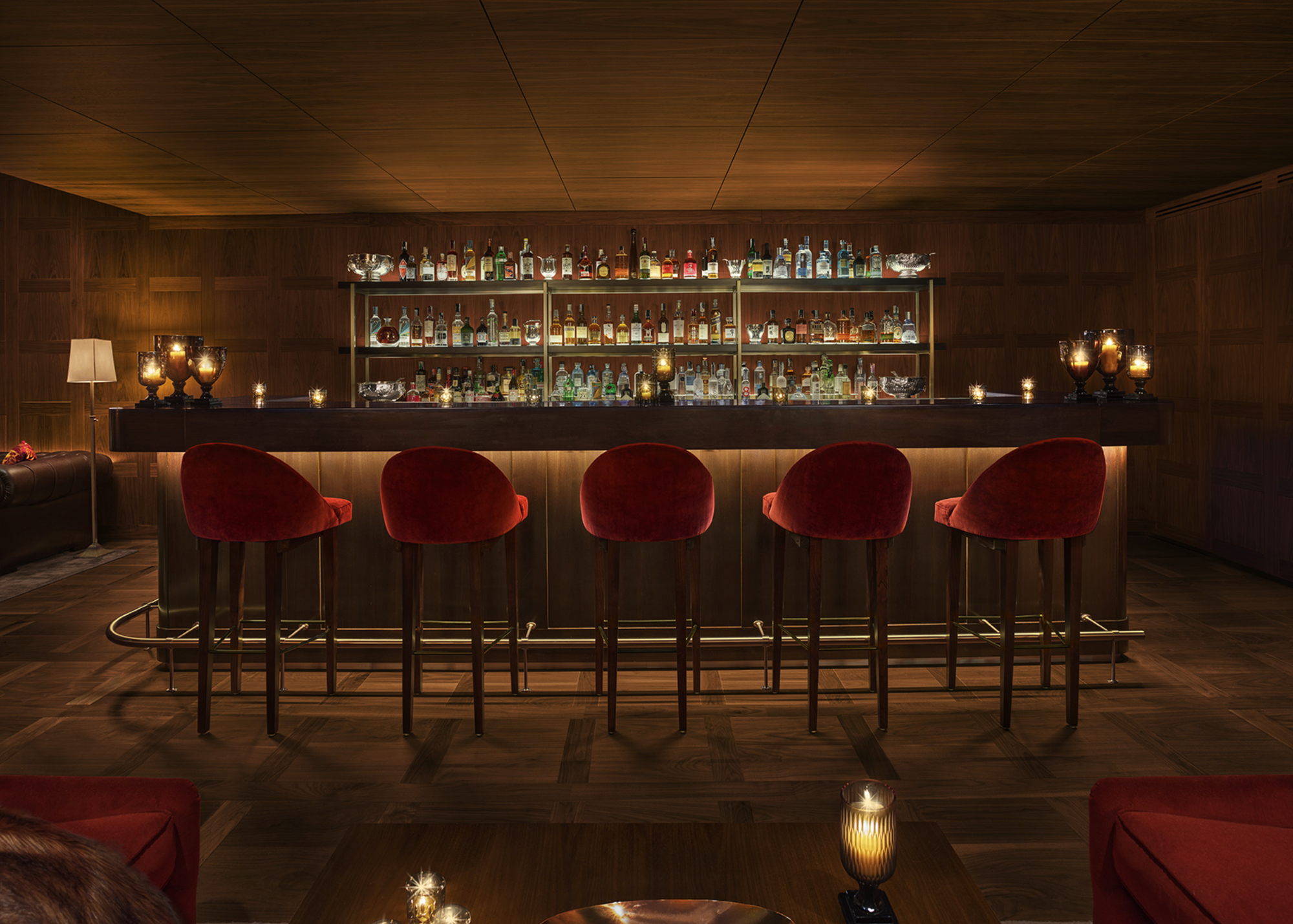
Breakfast is also offered in the restaurant's indoor or outdoor dining spaces, depending on the weather, and includes a modest buffet of freshly baked sweet and savoury pastries, yoghurt, fruit, and cereals, as well as a diverse selection of international favourites, such as avocado toast and pancakes.
Conclusion
To summarise, Rome's greatest hotels not only offer magnificent stays but also act as entrances to the city's fascinating history and lively culture. Whether you're exploring ancient ruins, indulging in gourmet food, or simply wandering around lovely piazzas, these hotels provide a place of luxury and style amidst the eternal appeal of the Eternal City.
They make every traveler's stay unique by providing outstanding service and attention to detail. So, whether you're planning a romantic break, a family holiday, or a solo trip, let Rome's best hotels be your refuge in this wonderful city.




![Best Rome Hotels [2024 Guide]](/content/images/size/w1600/2024/04/rome.png)


